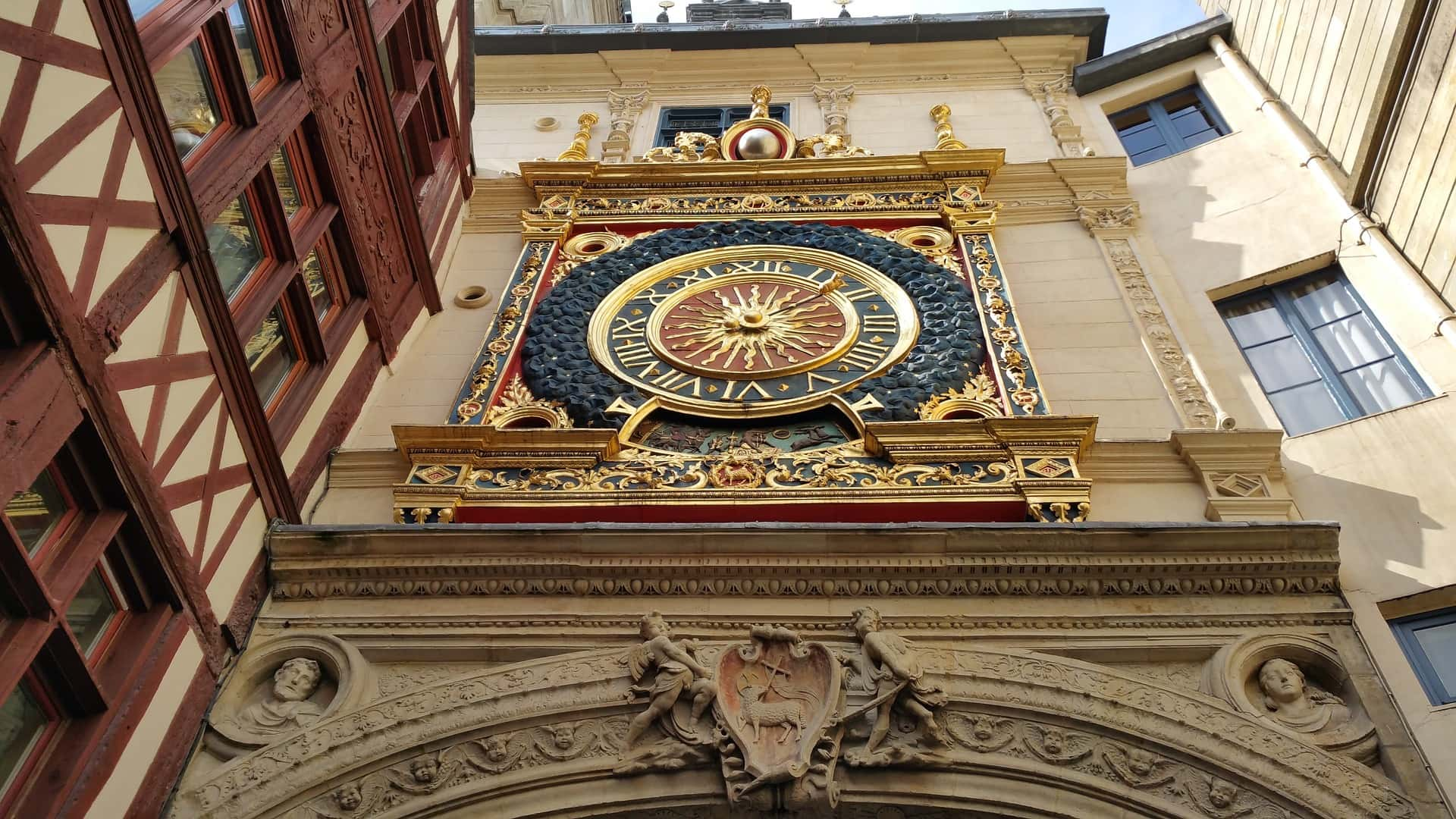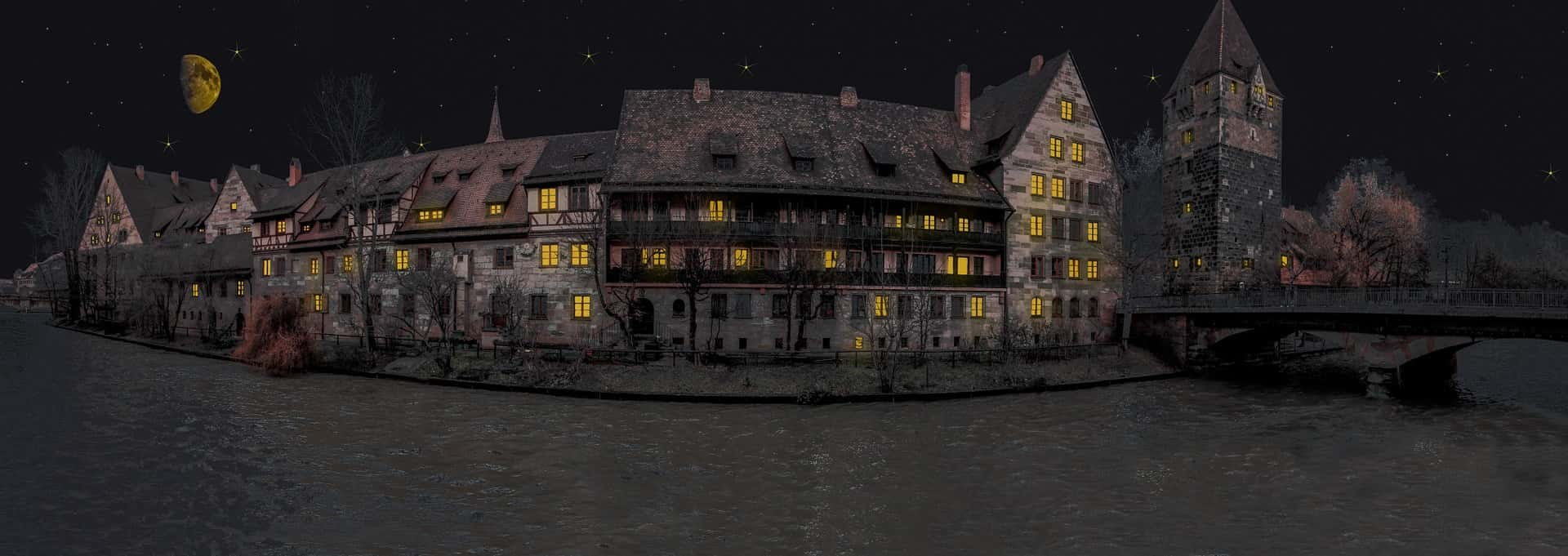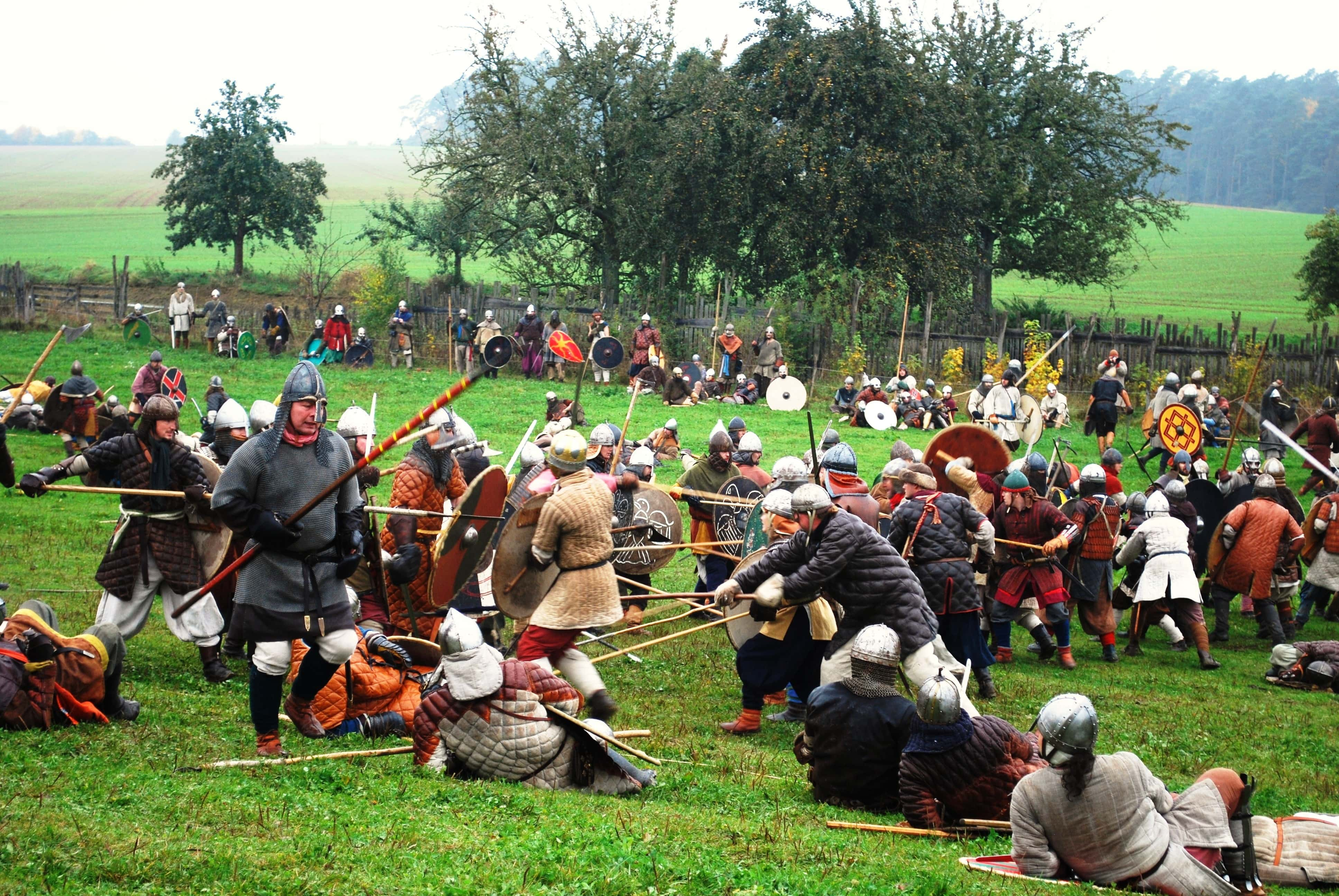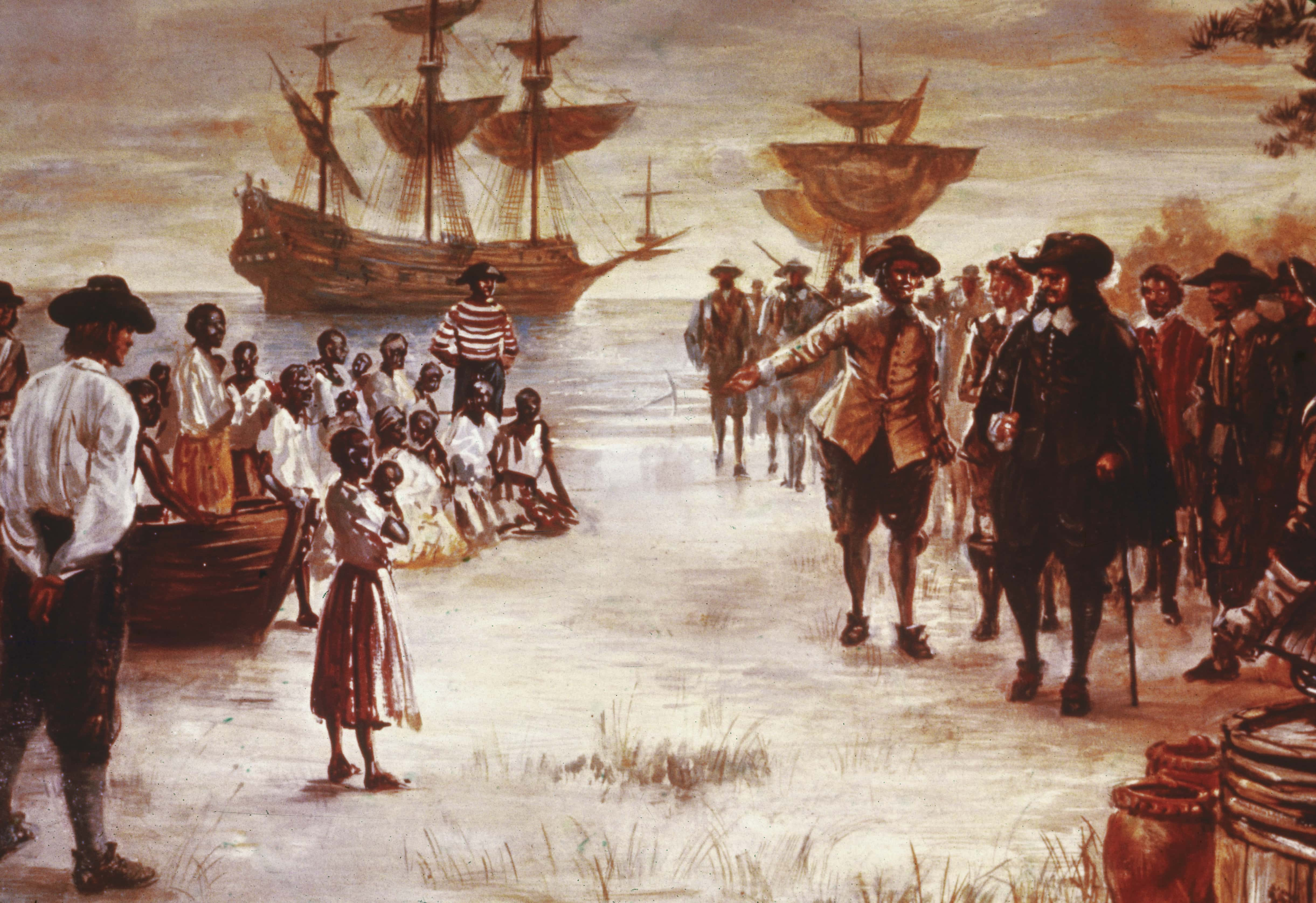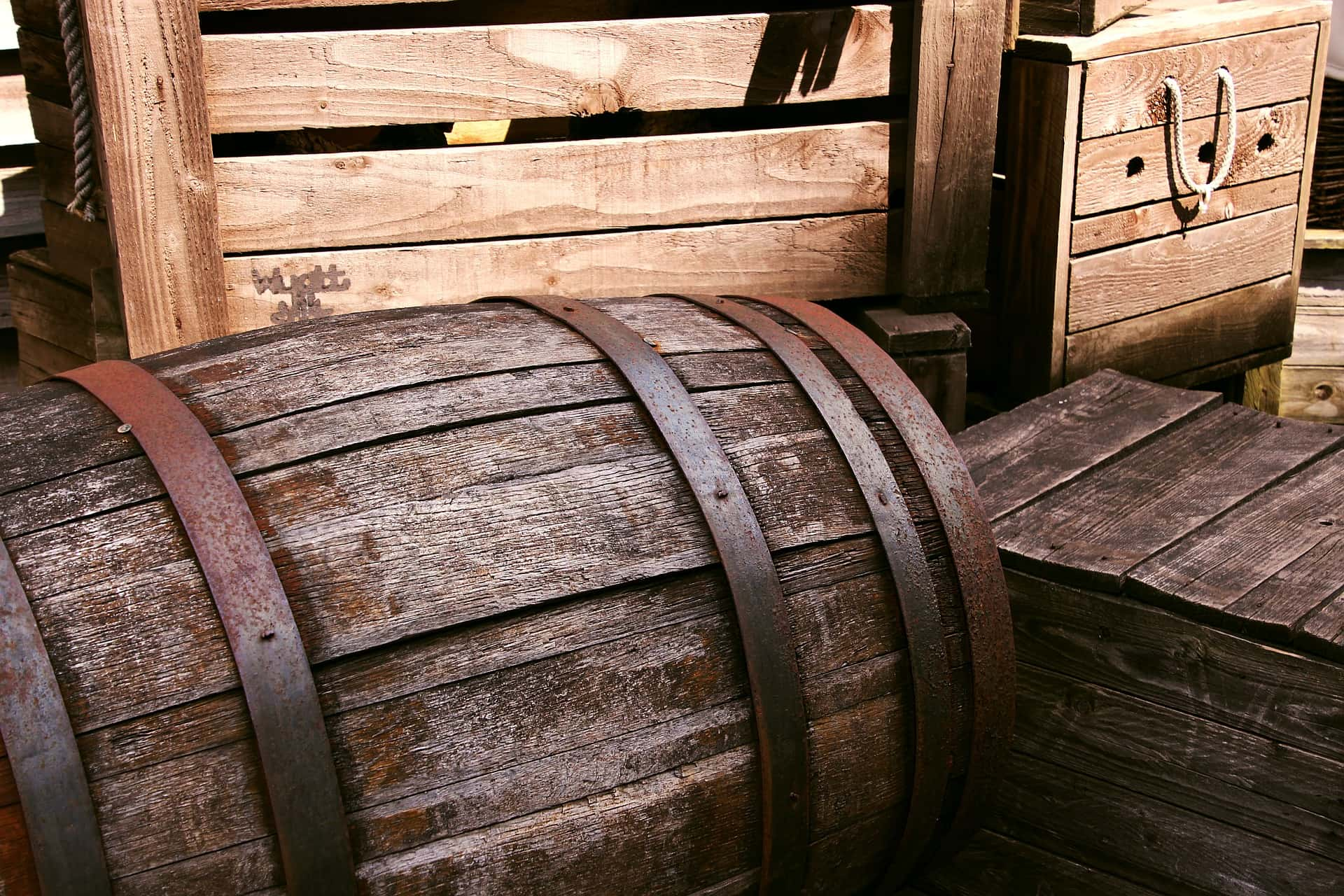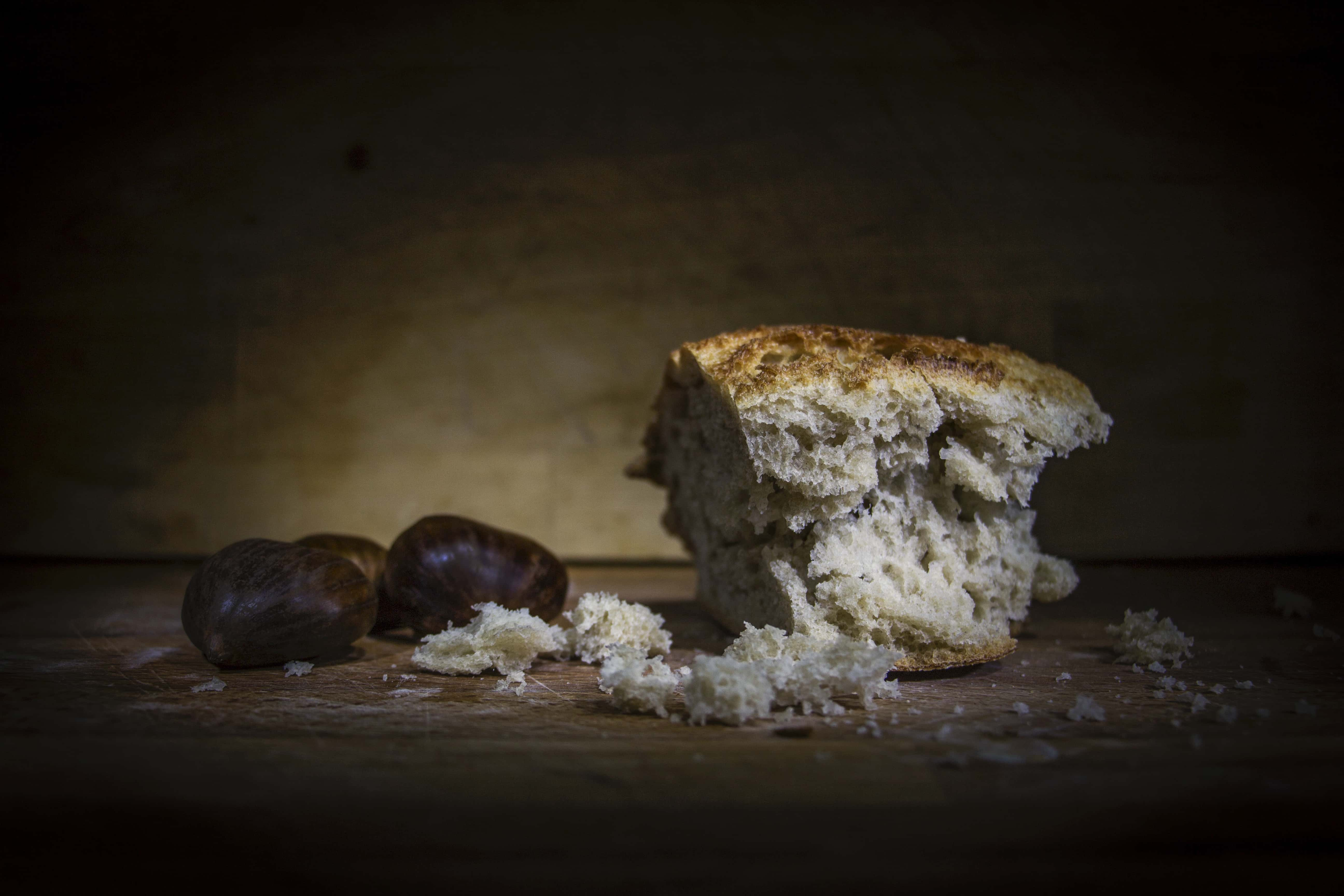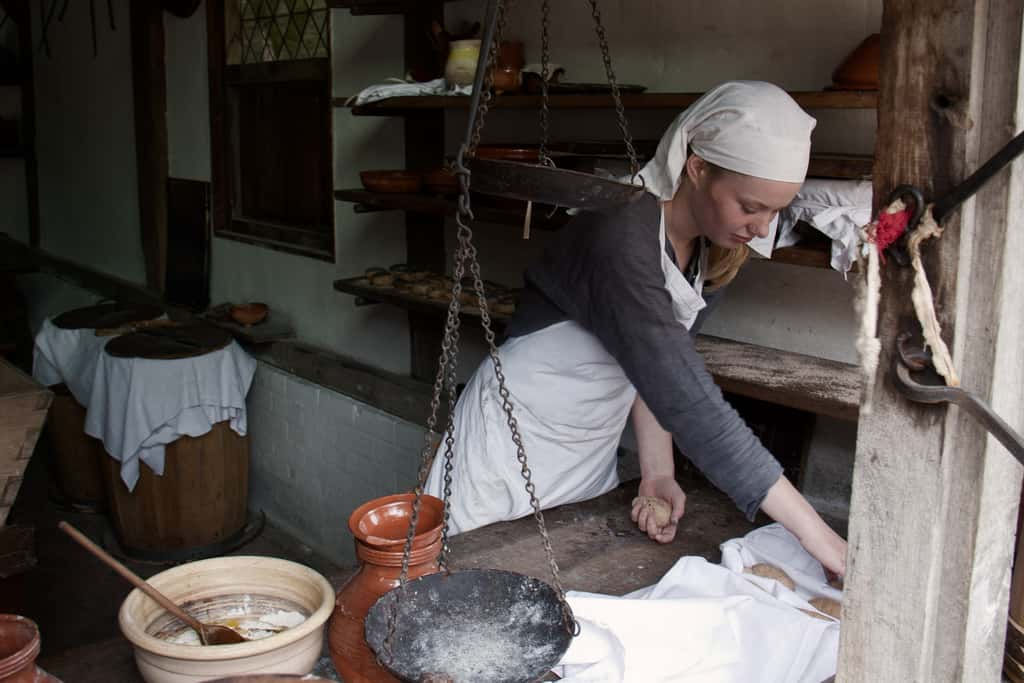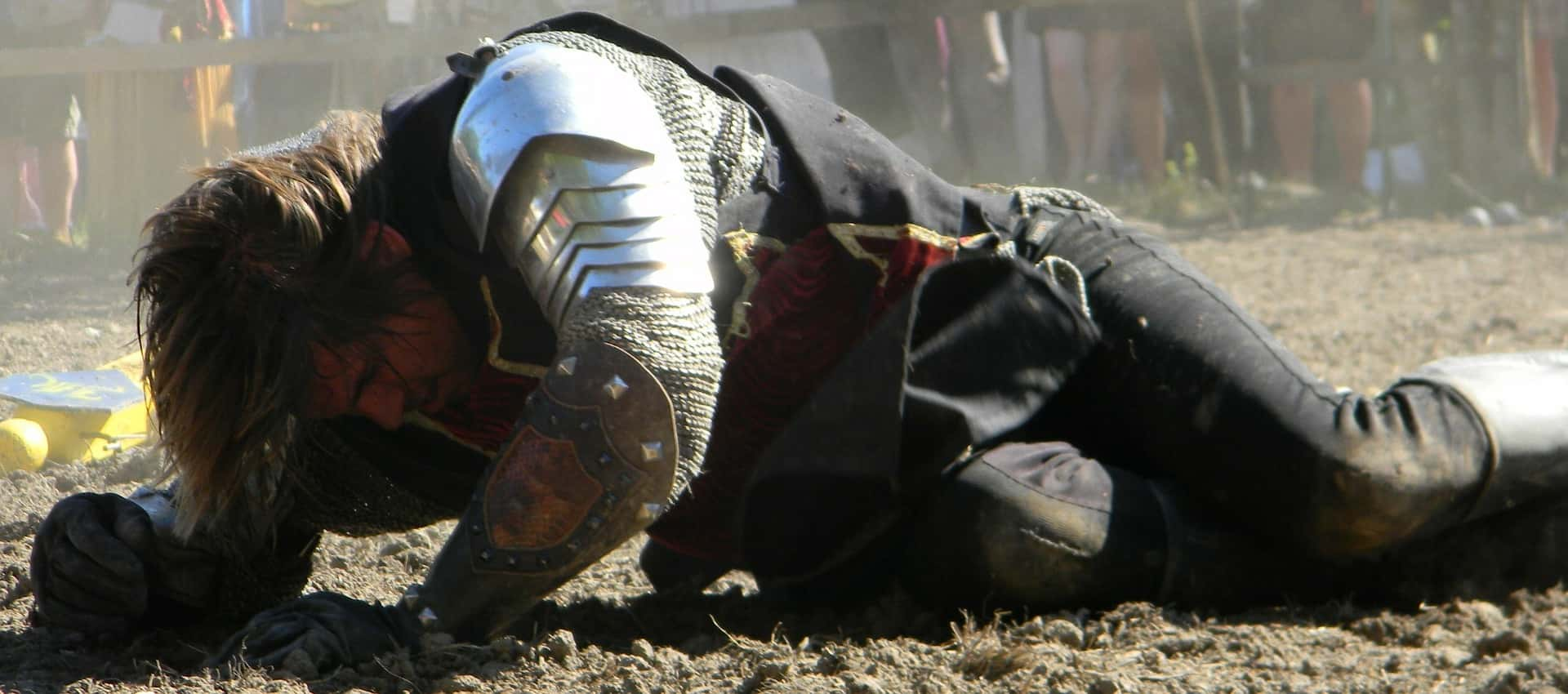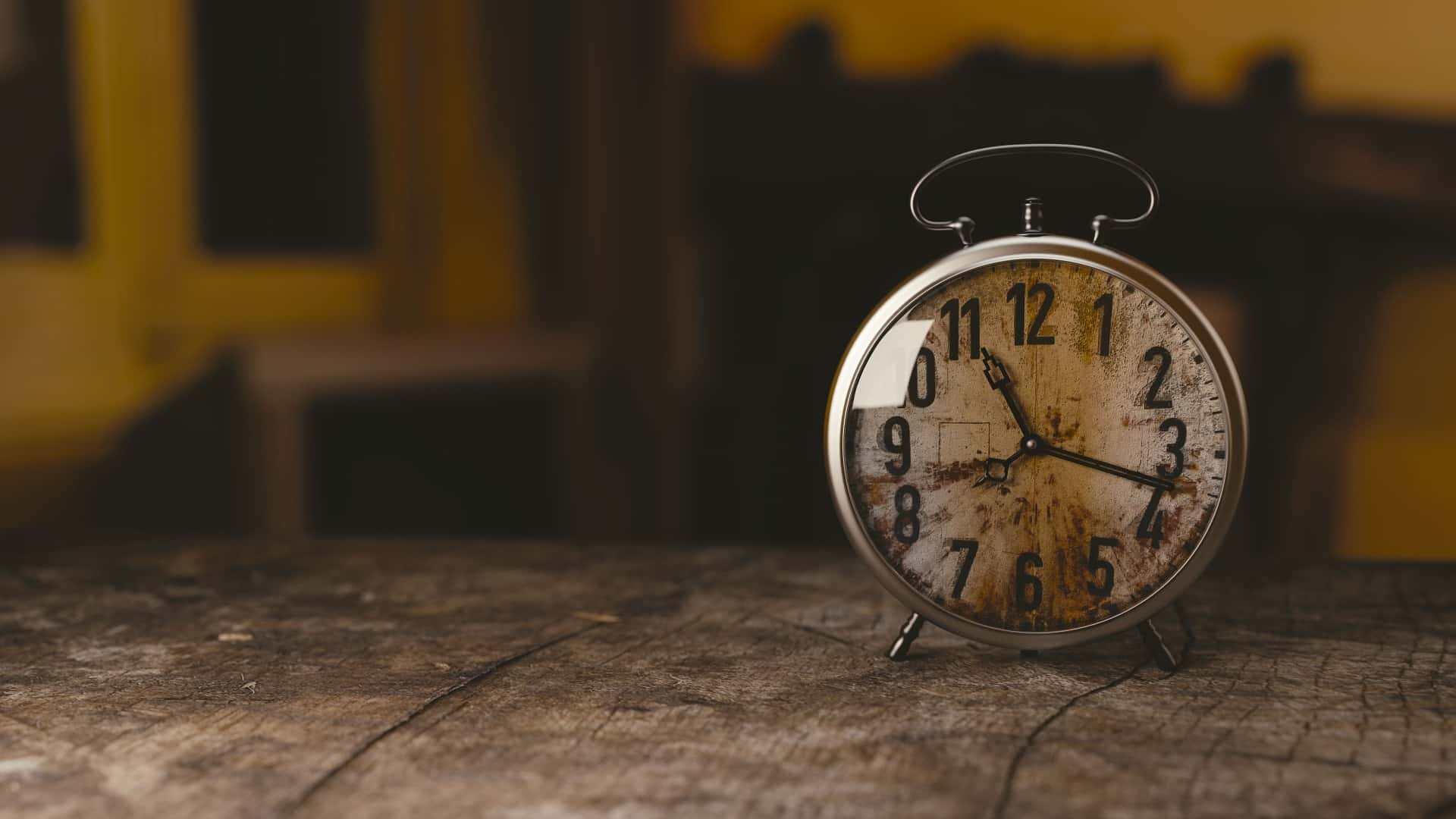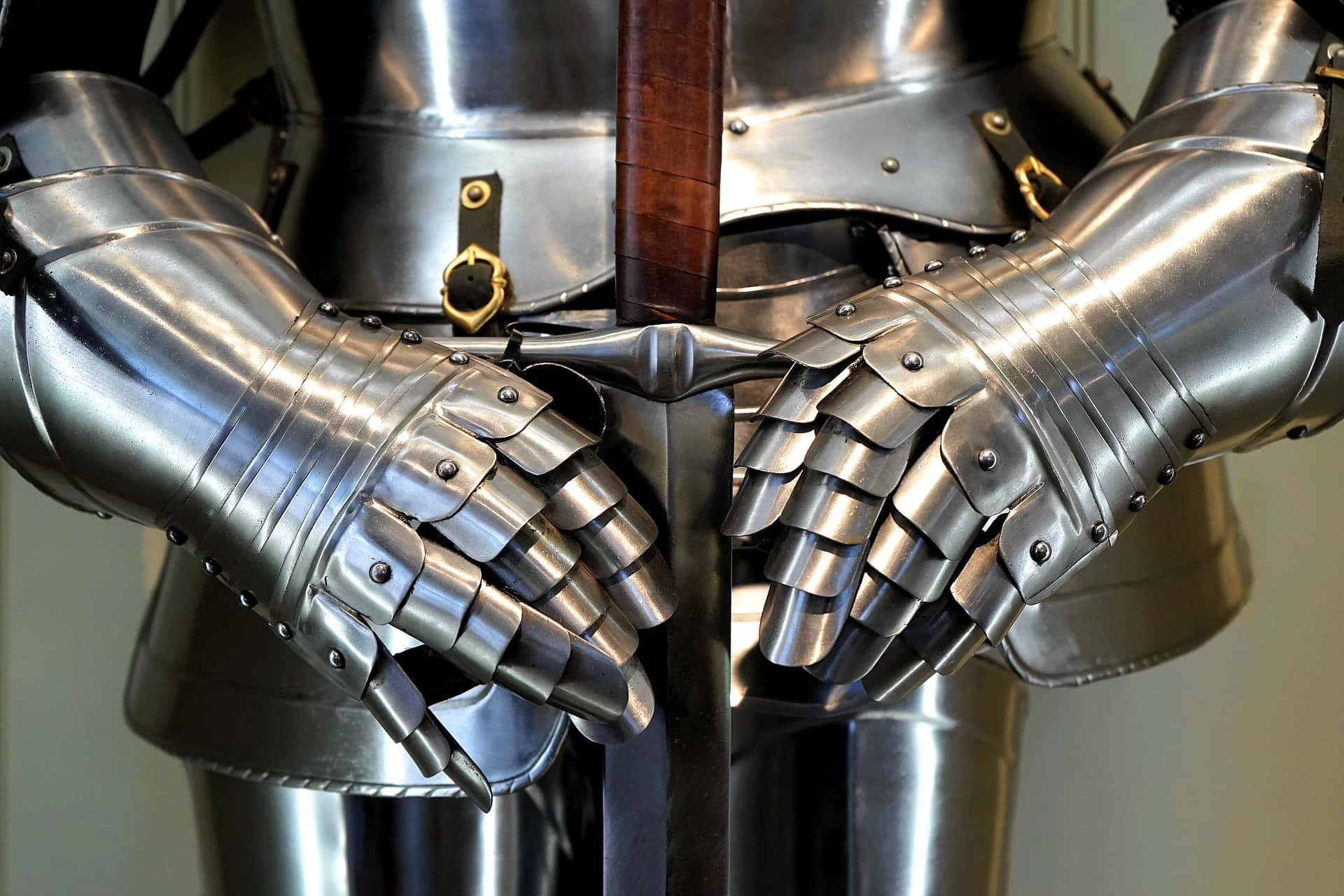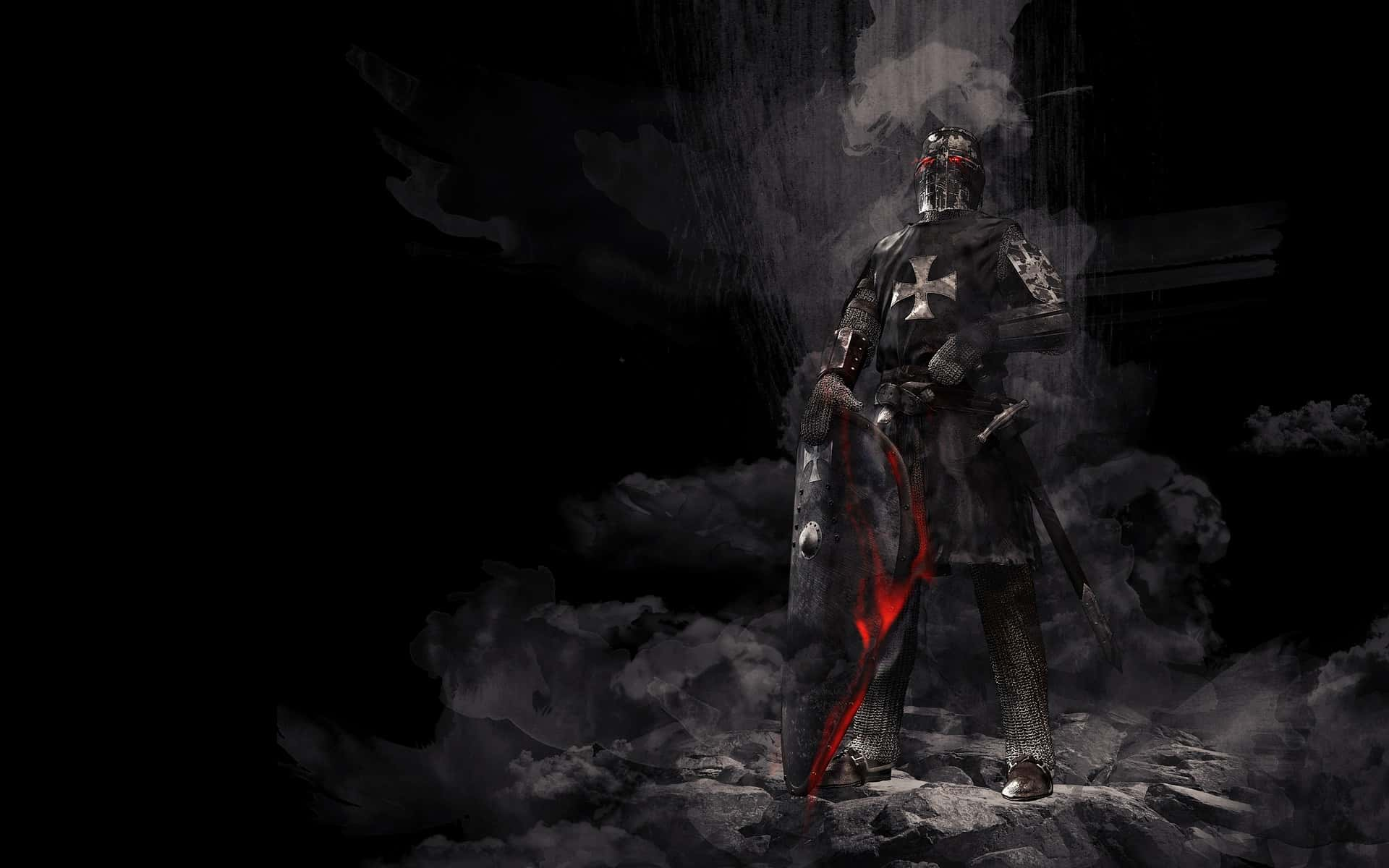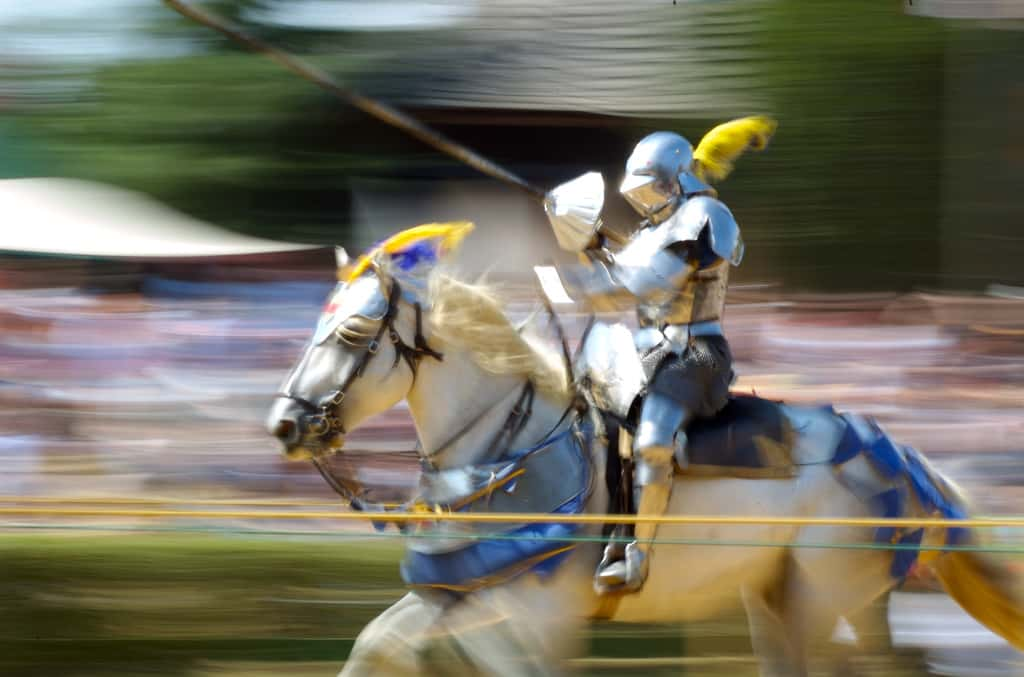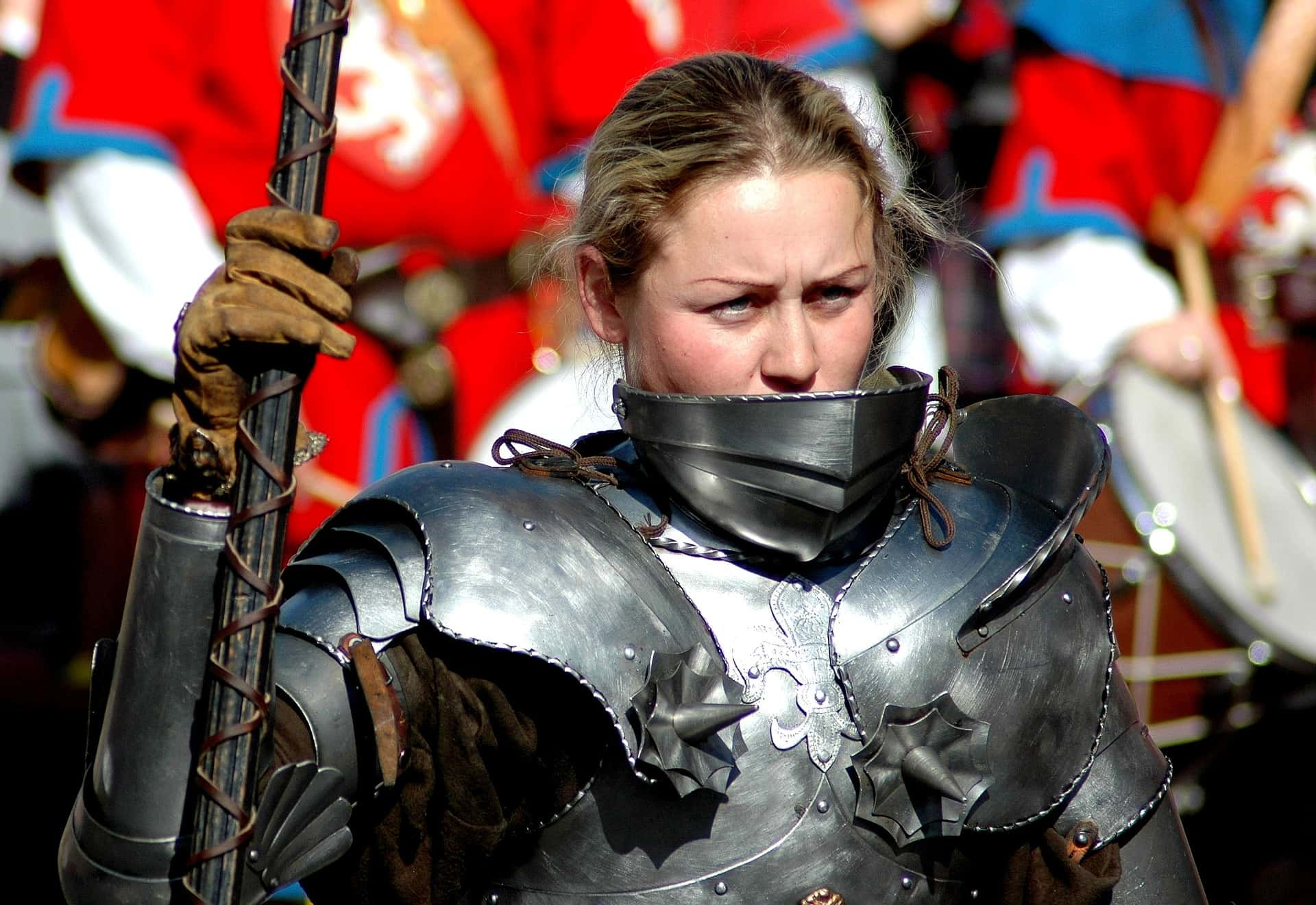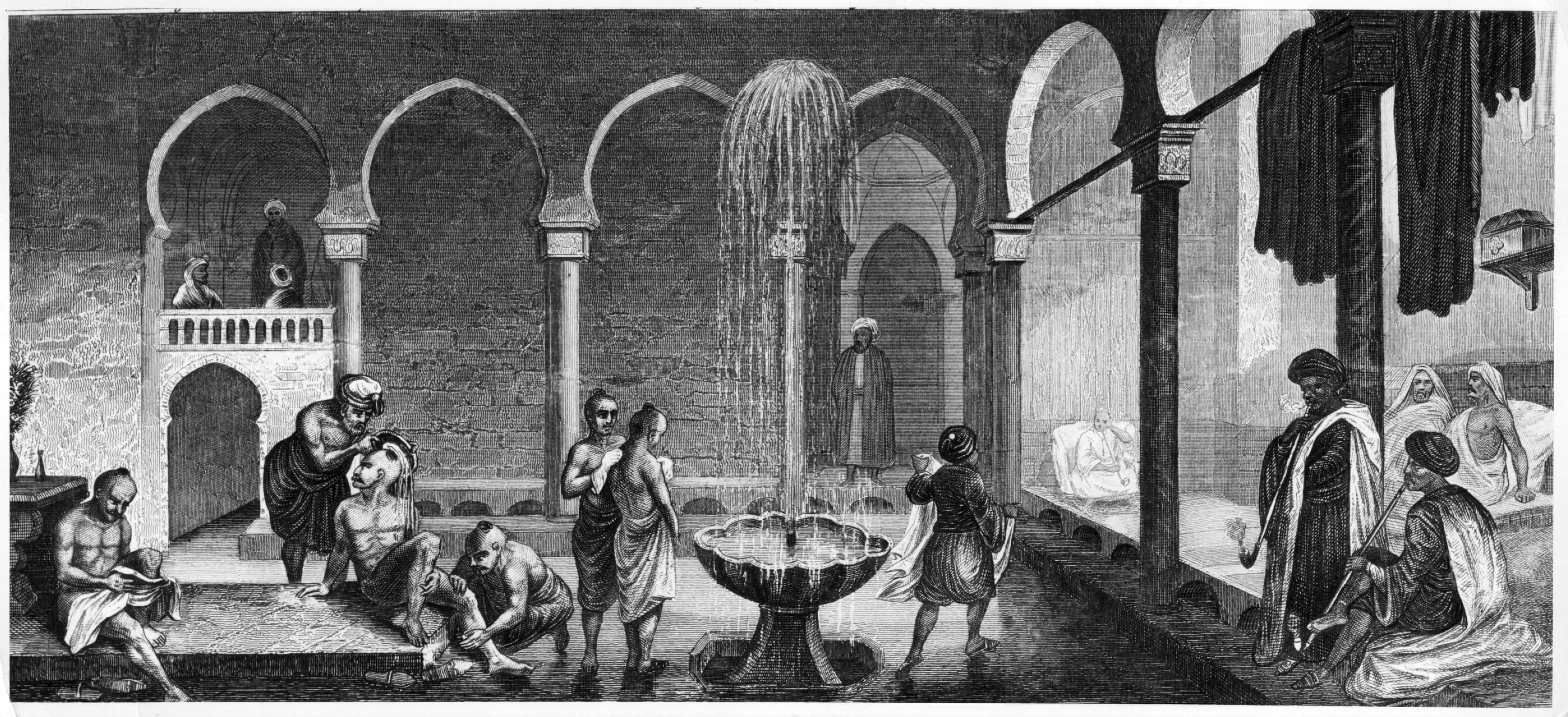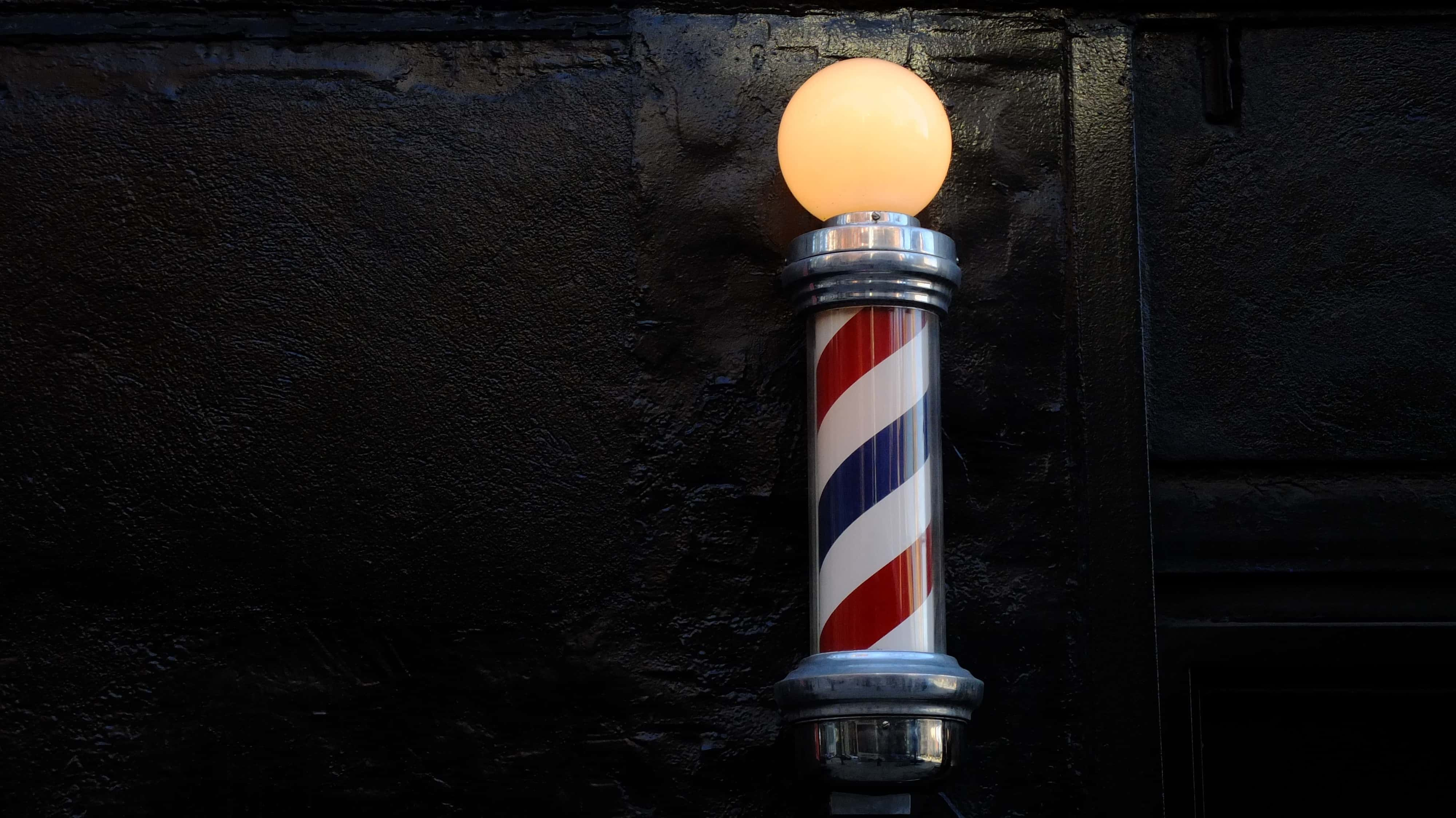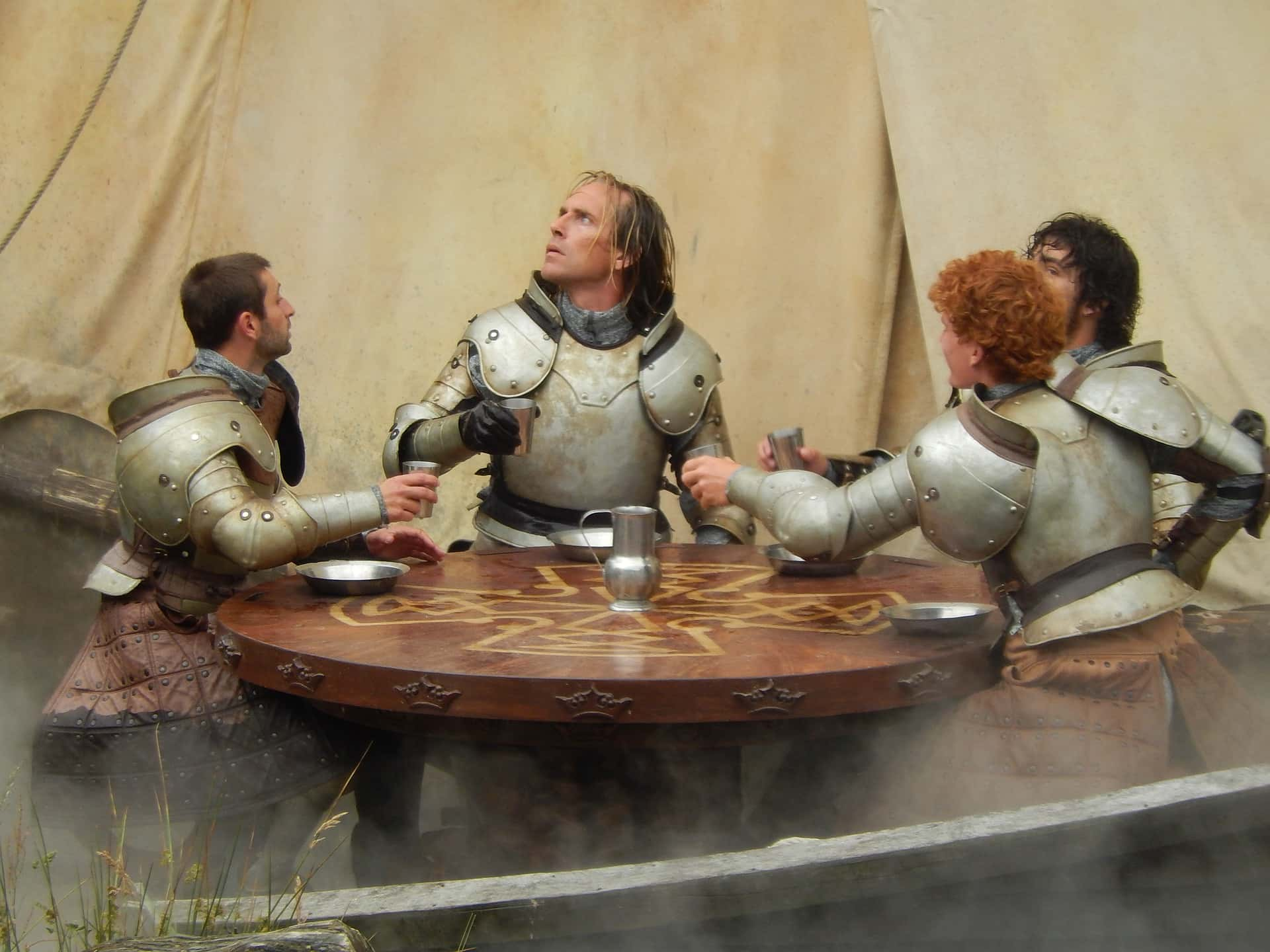One of the most fascinating periods in history, the medieval era spanned the 5th century to about around the 15th, starting with the fall of the Roman Empire and merging into the Renaissance and the Age of Discovery. It was punctuated by major events such as the signing of the Magna Carta, the Hundred Years War, and the Black Death. Here are a few things you might not have known about Medieval Times (the era not the dinner theater).
53. It Was How Long Ago, Exactly?
When we talk about Medieval times, we're usually referring to the Middle Ages, which lasted for a pretty long time: from about 400 to 1485 AD. Because of the extended time frame, the Middle Ages are generally split into the Early, High and Late periods. In England, the Anglo-Saxon period was in the Early Middle Ages and the Norman conquest took place during High Middle Ages.
52. The One True Name
Surnames weren’t introduced until 1066. Prior to that, everyone just went by one name. So instead of Bob Smith, he’d be just Bob. However, they’d go with nicknames. So if Bob really liked eating apples, he’d be Apple Bob. If he liked to fish a lot, he’d be Fishing Bob.
51. The Bad Beginning
Let's start with the basics: why do we call it the Dark Ages? It's relatively simple: in around the year 400, the Western Roman Empire collapsed. The great power which had brought order, prosperity, and a cultural code to Europe for 1000 years evaporated. In it's wake, the peoples of Europe struggled to define new forms of society, and build new means of gathering wealth. Why the "Dark Ages"? Because to a person of the time, that's what it must have seemed like: a truly cursed age.
The Getty Iris
50. Let’s Not Be Hastings
One of the most pivotal moments of the Middle Ages just might have been the Battle of Hastings. The Norman Conquest of England is one of those moments in history that directly shaped the world today. During the 19th and 20th centuries, the British Empire would come to rule over 1/5 of the world. British culture shaped the world (for better and worse). And British culture was itself shaped by the Normans. William the Conqueror, from Normandy (Northern France) took over England after his victory at the Battle of Hastings in 1066. He commissioned the Domesday Book in 1086, to compile a census of his new lands and people. The Normans brought a lot of change to England, introducing the feudal system, castles, as well as establishing Oxford University and the Tower of London.
49. Slave Trade
According to a large census known as the Domesday Book, in 1086, 10% of the population of England were slaves with some areas up to as many as 20%.
48. Do You Believe in Magic
The stereotype of the evil witch that had to be burned at the stake was not a medieval thing, but rather a more modern phenomenon that started in the 16th and 17th centuries. For much of the middle ages, the church’s position on magic was that it was stupid and didn’t work.
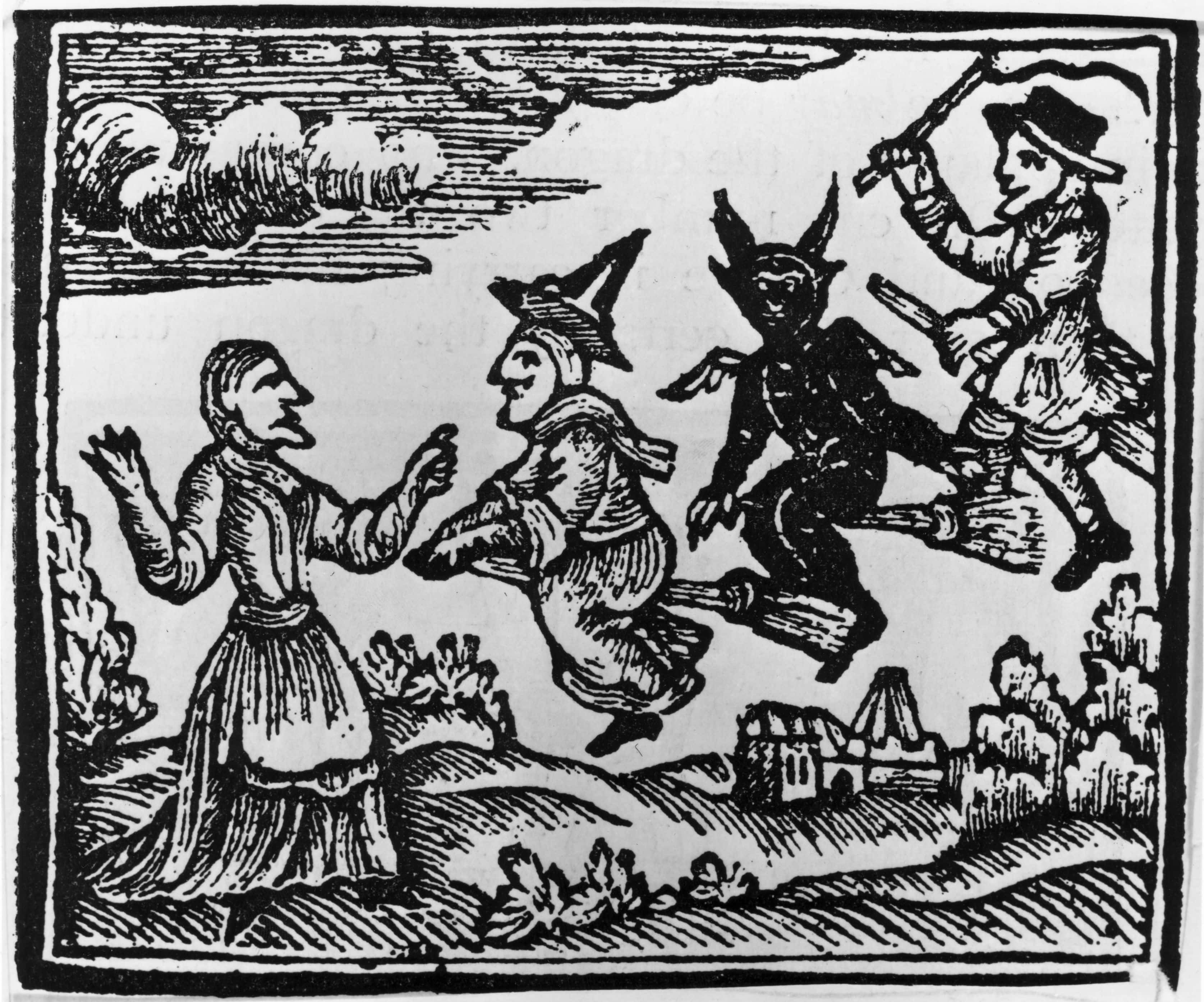
47. For Science! Huzzah!
Today the term “medieval” tends to be associated with backward thinking. But during the 13th century, contemporary scientists and researchers were inspired by the works of Aristotle and other classical authors to think more about the physical world around them. This led men like Roger Bacon (among others) to observe and experiment to learn more about their surroundings.
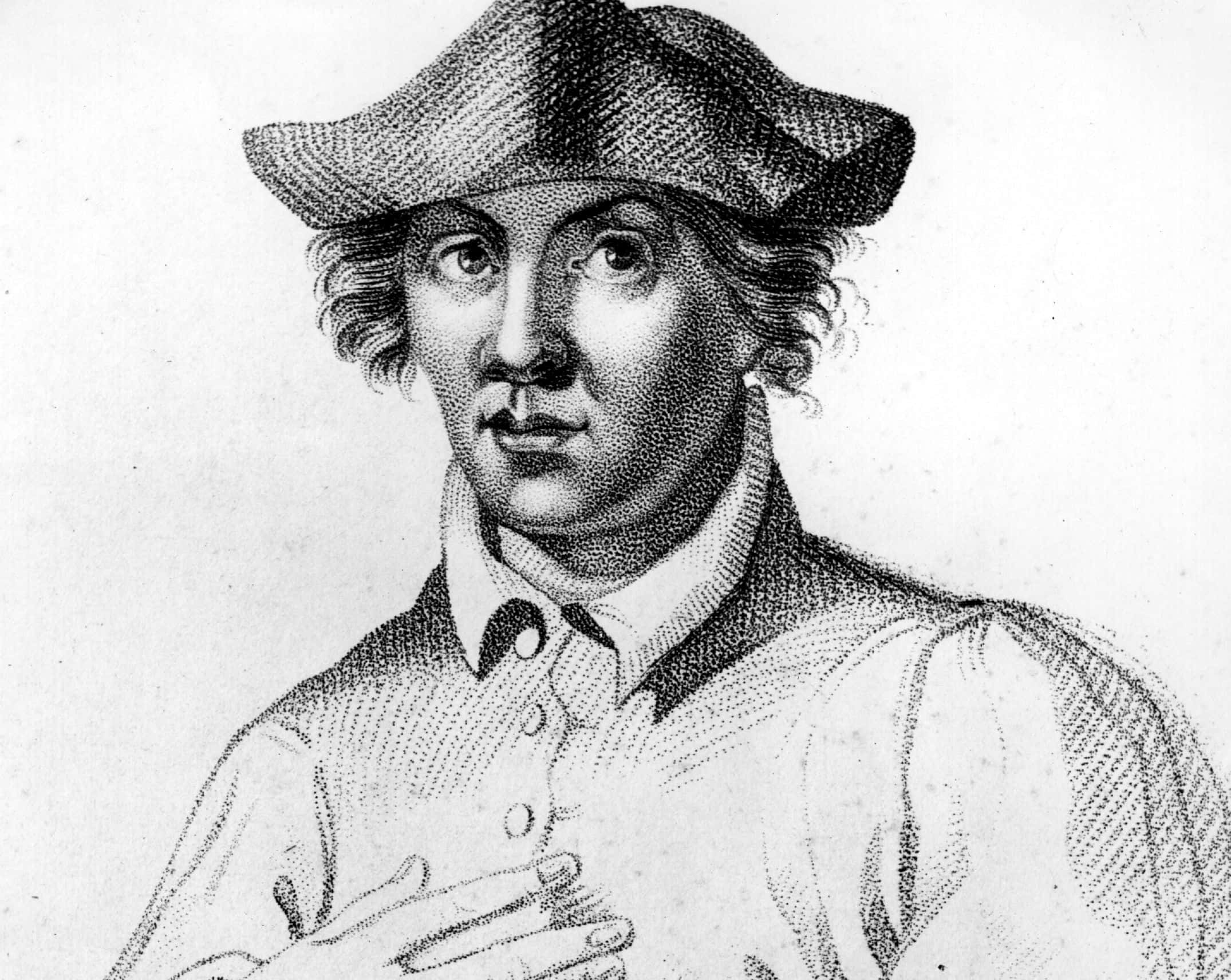
46. Roger Bacon: Time Traveler
Roger Bacon, by the way, predicted cars, helicopters, steamships, submarines, and SCUBA suits.
Although, to be fair, who didn’t see all those things coming?

45. Moor is Better
Beginning in roughly the 8th-Century, troops from Northern Africa conquered much of the Iberian Peninsula... what is now modern-day Spain and Portugal. Medieval scholars called these people the Moors... although the Encyclopedia Britannica is quick to point out that the term was lazily used to describe a wide variety of groups, including Arabians, Africans, and European-born Muslims. In any case, the "Moors" ruled that part of the world for about 6 centuries. And they were responsible for some of the most impressive societal advancements of the time. Some examples: They introduced Arabic numerals (1, 2, 3, and so on) as well as a whole host of words like “lute,” “magazine,” “Algebra,” “orange,” and “tariff."
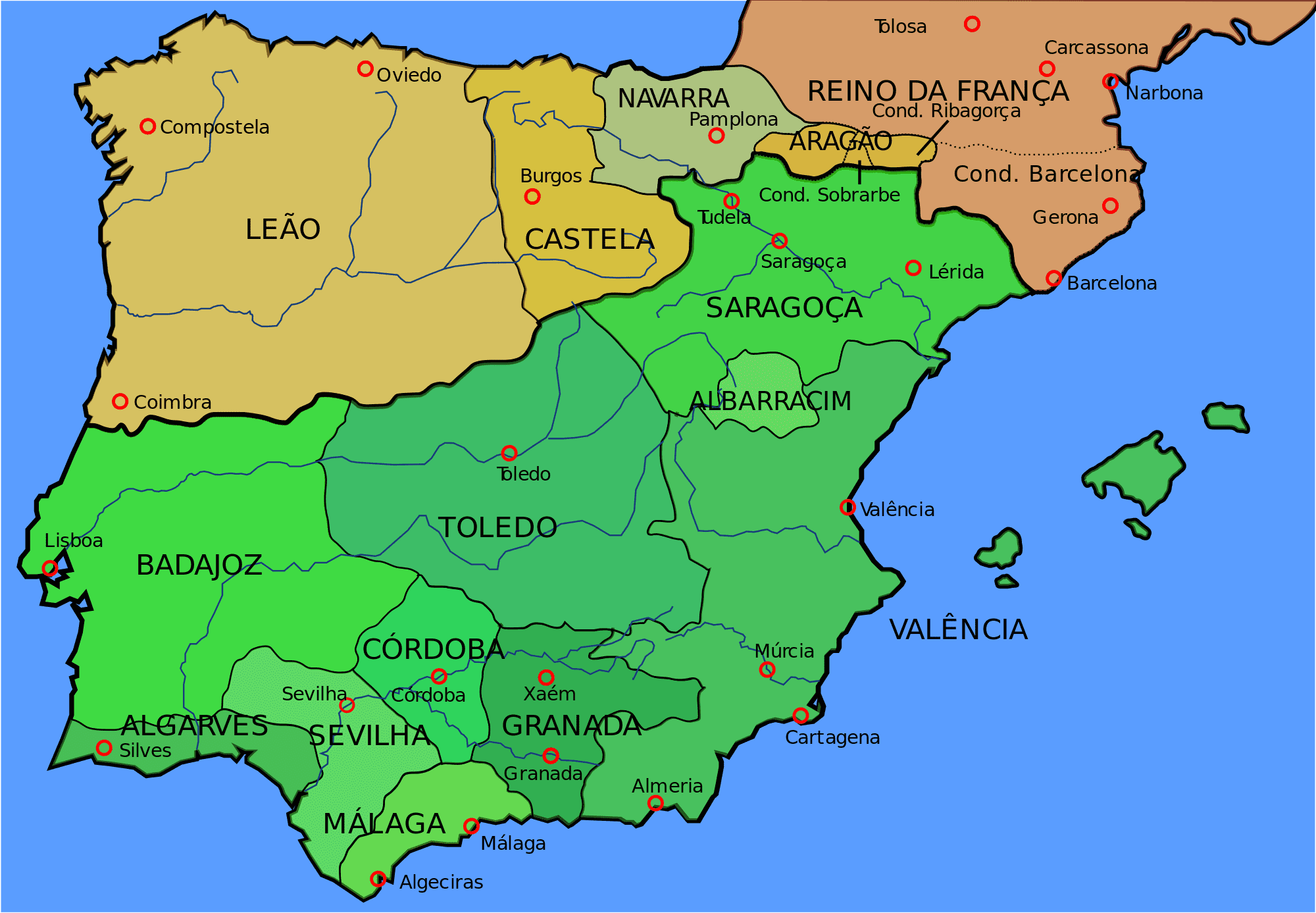 Wikimedia Commons, Phirosiberia
Wikimedia Commons, Phirosiberia
Iberian Peninsula
44. All a Board
The Moors made one more profound impact on the world: they brought with them a game that has gained some popularity around the world. You might have heard of it… Chess.
43. Queer as Folk
Though much of their culture was shaped by Christianity, there were a few folk customs that had more ancient origins. For example, they would throw wheat over the head of a married couple and roll burning barrels down a hill on Midsummer’s Eve, which seems like the medieval version of Donkey Kong.
42. Drinking for Good
Ever heard of a "help ale"? It's a medieval tradition we ought to bring back. Here's how it worked: In order to raise money for charity, medieval folks would brew a massive cauldron of liquor, with the help of an entire town. When the batch was ready to drink, they'd host a party, feast, or festival (or all three) and then collect donations from the drunken revellers. Not only does it sound like fun... it's also pretty clever. No doubt the people of the Middle Ages had figured out one of life's great truths: drunk people love to spend money.
40. To Believe or Not to Believe
It's easy to imagine the people of the Middle Ages as almost exclusively devoted church-goers. After all, the portrayal we often get in books and movies is of people who live every aspect of their lives in relation to the Catholic Church. But there were quite a few atheists alive during the time, who often rejected the teachings of the church in favor of the evidence around them. These people would argue that the poverty, occasional famine, and inequality that characterized the age could be interpreted as evidence that there was no God. Some would say they were ahead of their time. Others would say they’re going to hell. It all comes down to perspective.
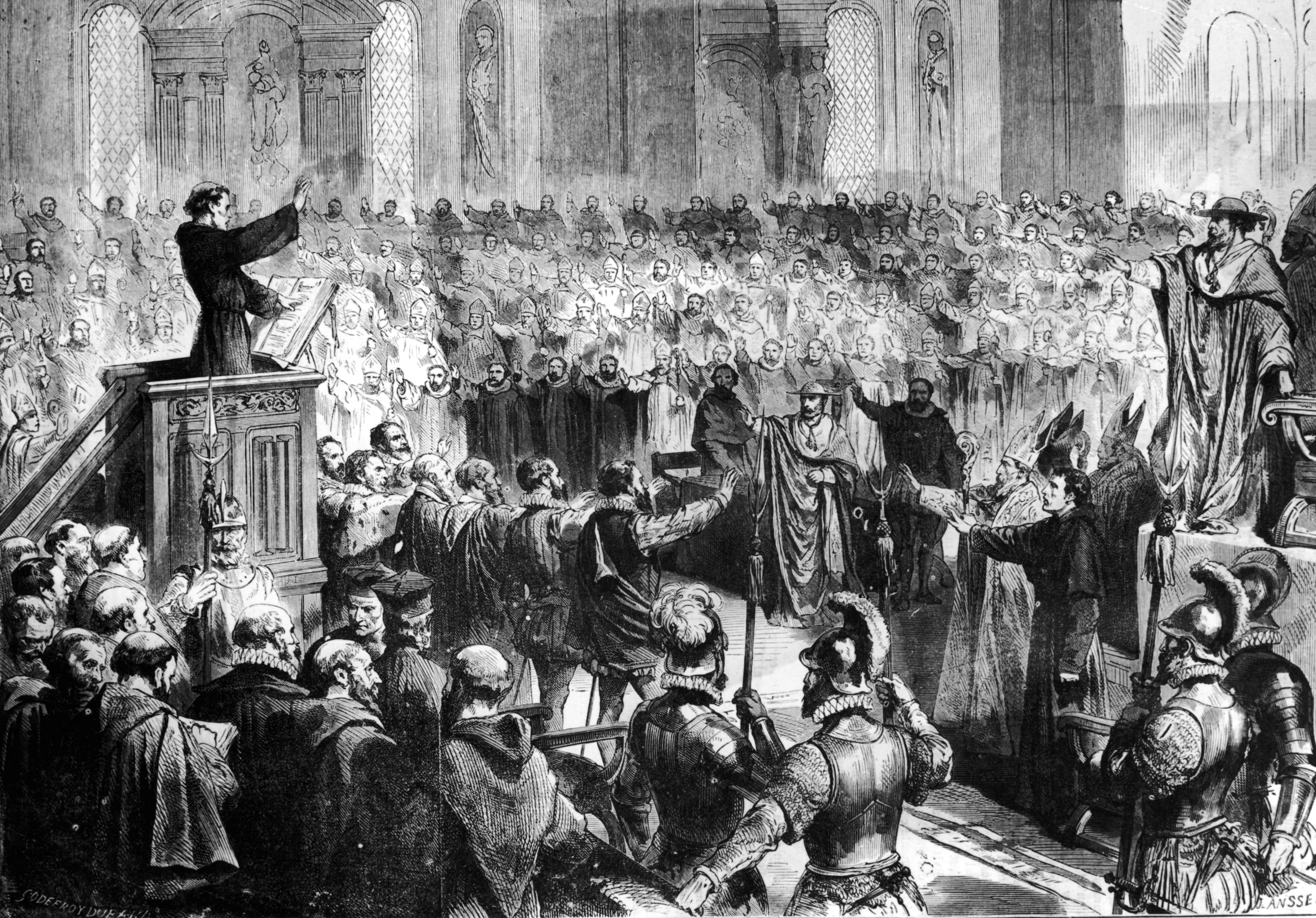
38. Any Given Sunday
Speaking of football... “Mob football” was a medieval “sport” that involved an unlimited number of players, a pig’s bladder, and very few rules. Because it was so destructive, it was banned by King Edward II in 1314. Leave it to those uncivilized Americans to bring it back.

Something like this
37. Archerybishop
While football was banned, archery was compulsory. In 1363, King Edward III instituted the archery law, which demanded that all male subjects practice archery for two hours every Sunday under the supervision of the local clergy. No doubt you've heard of Medieval England's supremely talented archers. Turns out that came from relentless practice.

36. Not Enough Bread for Bread
Common folk often had to produce their own food. Rye and barley bread was common amongst the poor when they couldn’t afford the large quantities of manure required to grow wheat. These peasants were so poor that they literally couldn’t afford poop.
35. If You Can’t Take the Wheat
Bread was a common foodstuff, but it was also dangerous when villagers ran out of wheat before harvesting season. They would resort to making bread out of old rye, which could be infected with ergot, a fungus that caused hallucinations and sometimes death. It’s just like that old saying, “Rye will get you high and then you’ll die.” It’s not really a saying. But it should be.
34. This Little Piggy
Medieval farm animals were very small compared to modern livestock. A full-grown bull would be about the size as a modern calf and sheep were a third the size. The amount of fleece a medieval sheep would produce was about 7 times less than that of a modern day sheep. Thanks science!
33. Da Bears
Brown bears once roamed the English countryside but they became extinct around the 11th century. In the latter parts of the Middle Ages, they were brought back to England for sport. Although, we suspect this was not a sport that benefited the bears.
32. Trying Times
Law and order was fairly brutal in medieval times. However, those accused of crimes were spared the deadliest of punishments until they had undergone one of three ordeals. The first, “Ordeal by Fire,” meant holding onto a red-hot poker for three paces and seeing if your hand healed within three days. If it didn’t, you were guilty. The second, “Ordeal by Water,” involved being tied up and tossed into a lake. If you floated, you were guilty, if you sunk, you were innocent (although a fat lot of good that did you if you drowned). The final ordeal was “Ordeal by Combat,” used by noblemen to fight their accusers. The loser was usually left for dead. It was only if you failed these ordeals that they killed you. Totally fair.
31. Kangaroo Court
There are records from medieval times that animals had been tried for murder and other crimes. There was a case where mice were taken to court for stealing and a swarm of locusts tried for eating crops. The locusts were tried in absentia because they’re such lawbreakers they didn’t even bother showing up for court. Typical swarms. Perhaps most shockingly, in Medieval England, the animals involved in zoophilic activities were deemed equally responsible. The crime was punishable by execution.

30. Peek a Booty
In the 14th century, men’s fashion was quite saucy, with fashionable young noblemen parading around in tights, corsets, and short tunics that would show off a little of their behind. There’s nothing more sexy than that.
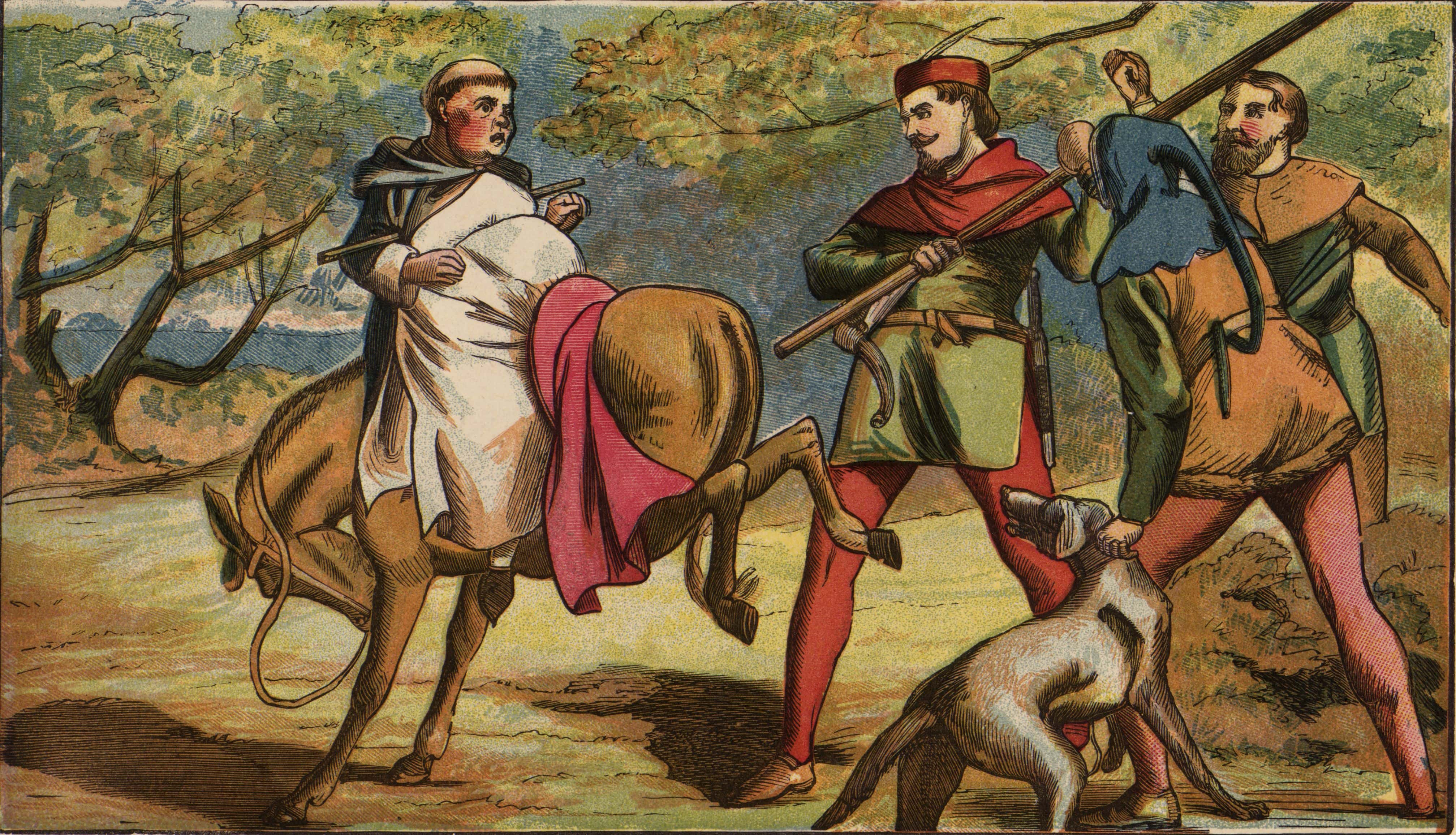
29. Stepping on Toes
The shoes that men wore were also rather ridiculous, with long-toed shoes being the height of fashion. By the late 14th century, toes were so long that they had to be reinforced with wool, moss, or whalebone, and nobles had to tie their toes to their leggings to get around.
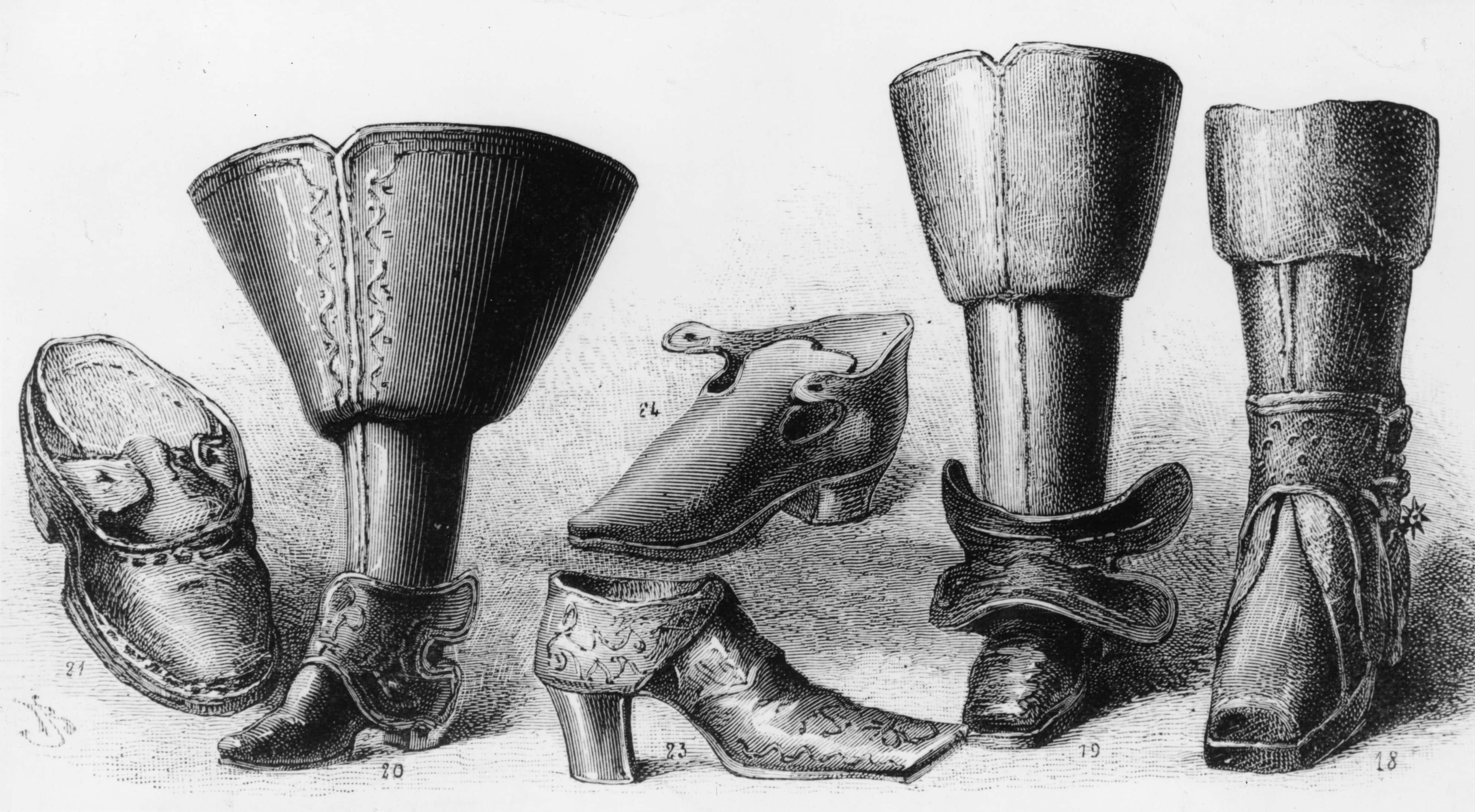
28. In Cod We Trust
One of the most popular fashion accessories of the Middle Ages was the codpiece – a flap or pouch that attached to the front of the crotch of men's trousers and accentuated or exaggerated the genitals. They were stuffed with sawdust or cloth and held closed by string ties, buttons, or other methods. The crotch was often extremely large or gave the idea of an erect member. The word, codpiece, comes from the Middle English word, cod, which means scrotum.
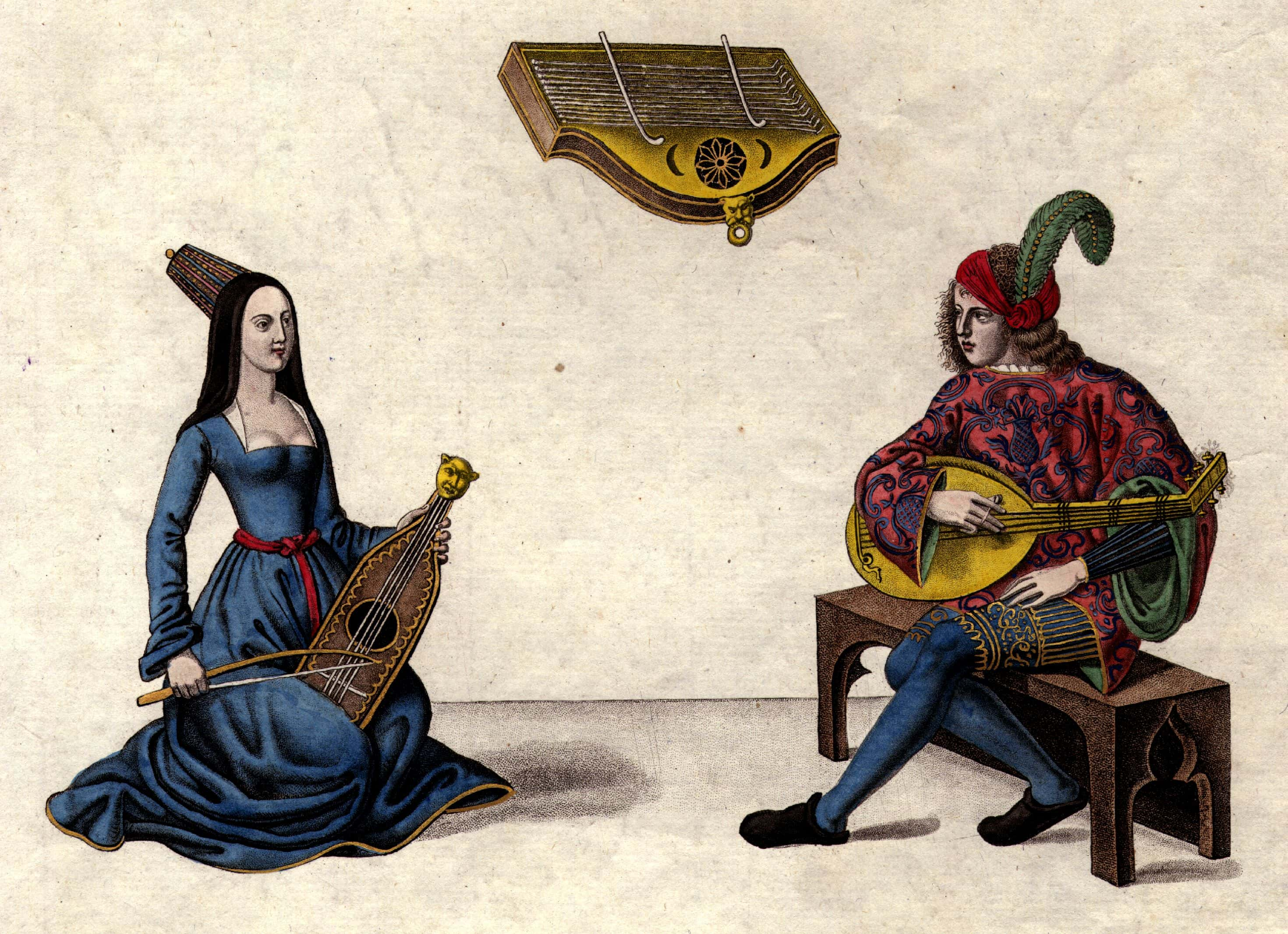
27. Homecourt Advantage
There was a major fight between a group of Oxford students and local townsfolk after a student complained about the drinks at a local tavern. The ensuing conflict cost the lives of 30 locals and 60 students. So… we guess the locals won.
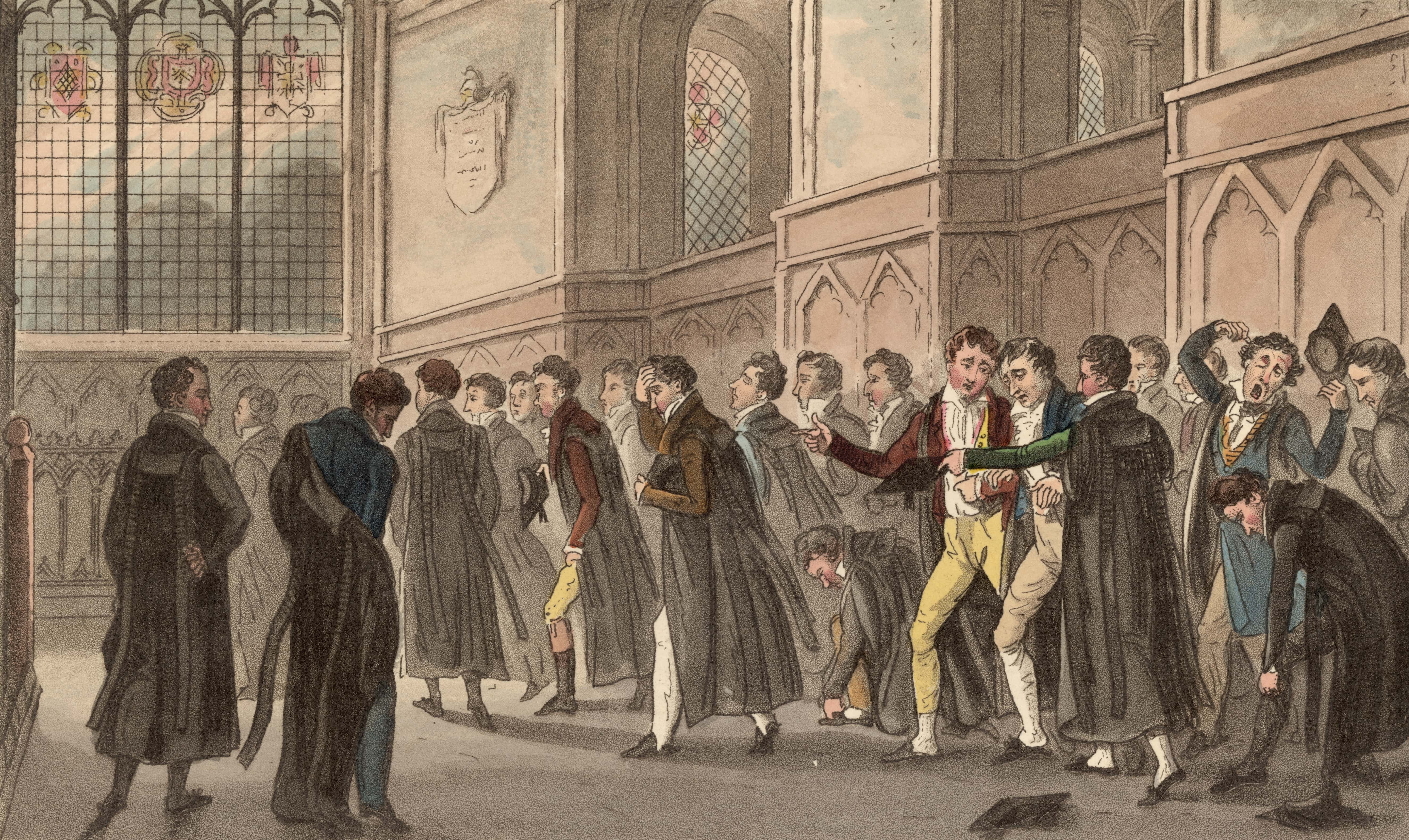
26. A is for Arrow
Oxford University had specific regulations in place that said students were not allowed to bring bows and arrows into class, which begs the question: What happened that made it necessary to enact such a rule in the first place?
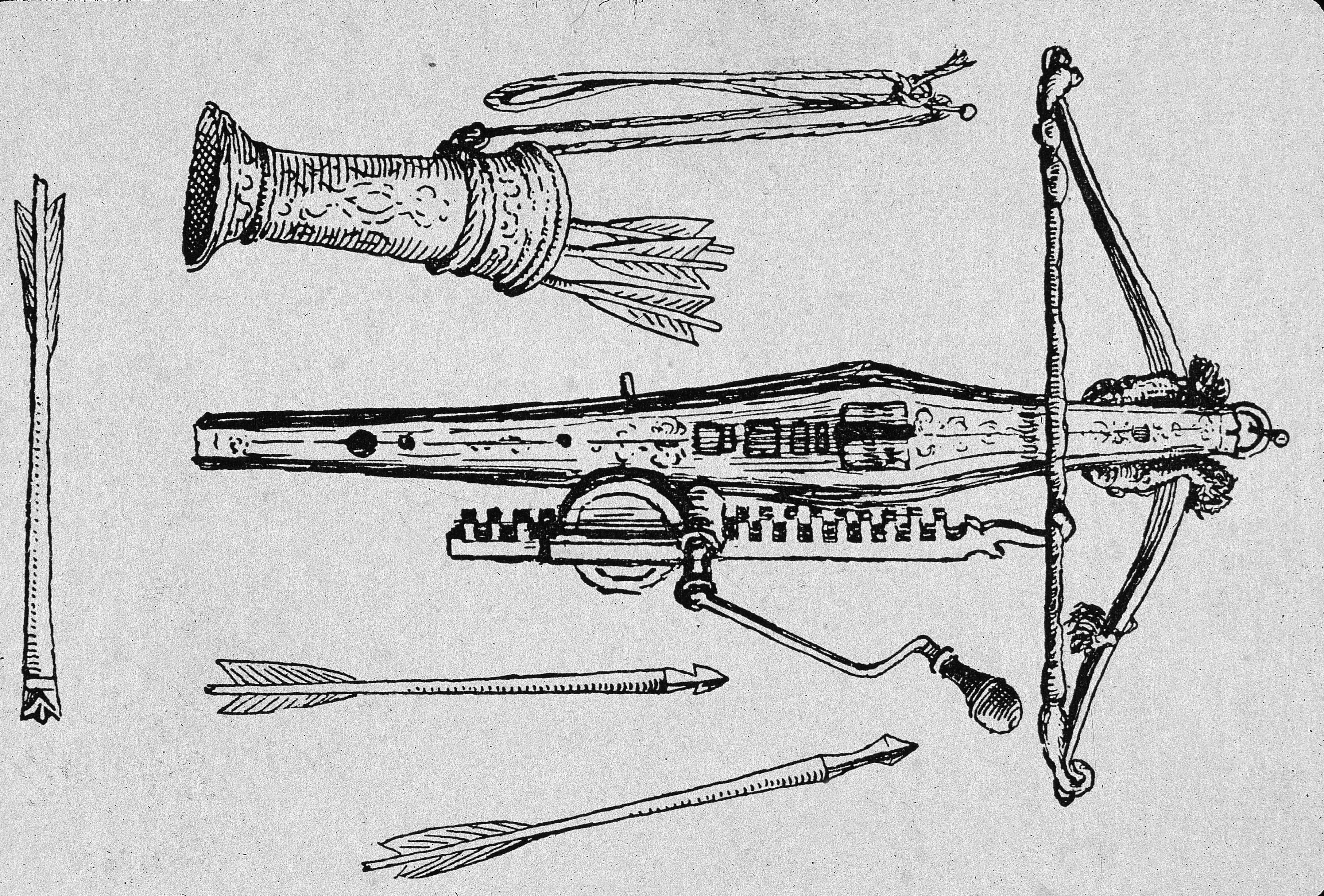
25. Where Does the Time Go?
In the early Middle Ages, days were divided into 7 hours of equal length. Winter hours were 60 minutes long while summer hours were 150 minutes long. Either way, time flew when you had fun. Some things never change.
24. Swan Song
Although Britain bans hunting them now, swans were fair game for upper class folks who had recipes such as “Roasted Swan in Entrail Sauce,” “Christmas Swan Pie,” and “Roast Cygnet.” Apparently, that ugly duckling grew up to be dinner.
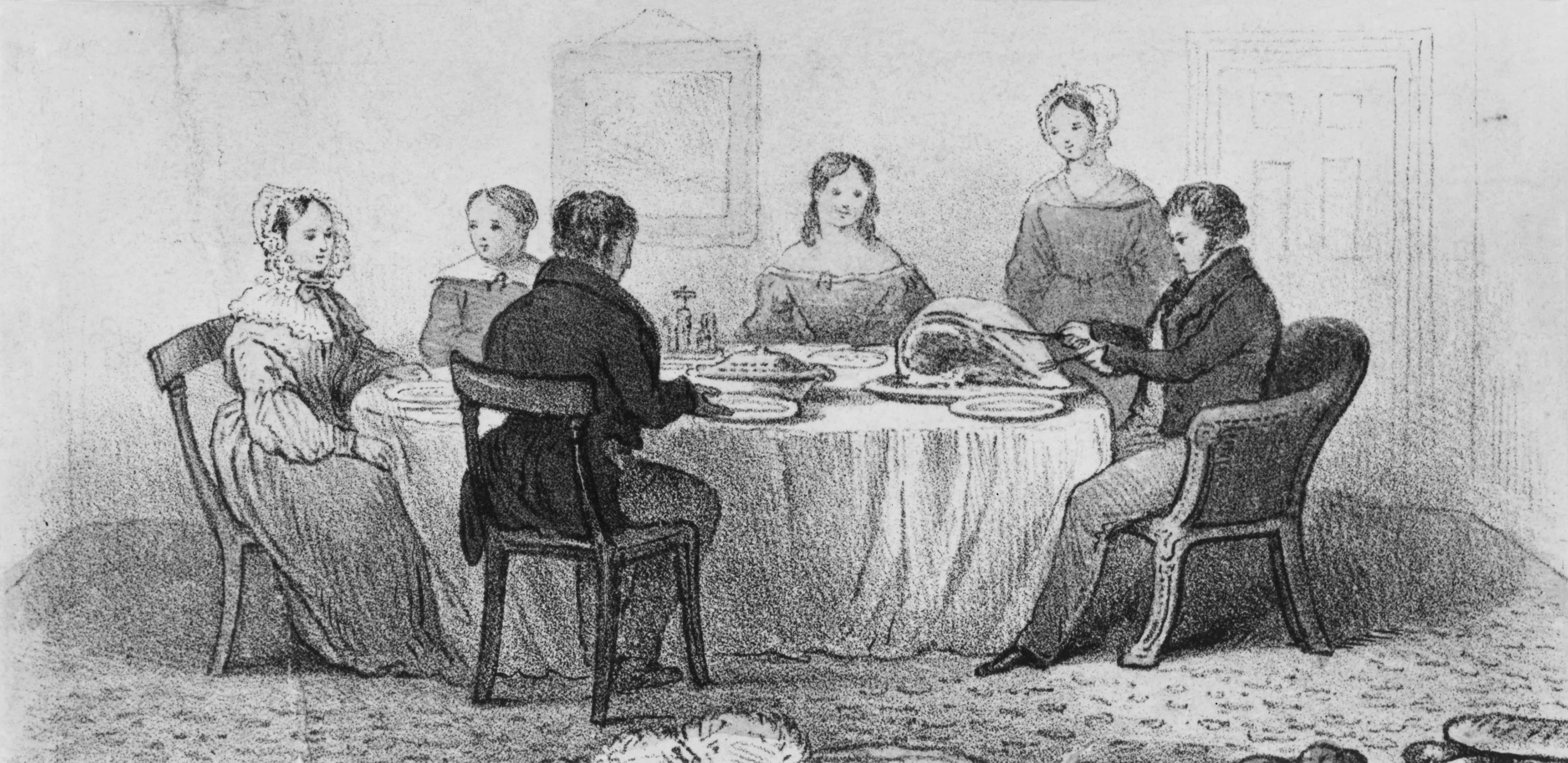
23. Full of Porpoise
One of the recipes in a 14th century cookbook was a version of haggis that called for the blood of a porpoise to be mixed with oatmeal, pepper, and spices and then boiled in a porpoise stomach. Gross.
22. The Bridge is Out
One of the earliest versions of London Bridge was torn down in 1015 by Saxons who had rowed up the Thames to help their king retake the city. Maybe this was the inspiration for the nursery rhyme, “London Bridge is Falling Down.” A bit on-the-nose if you ask us.
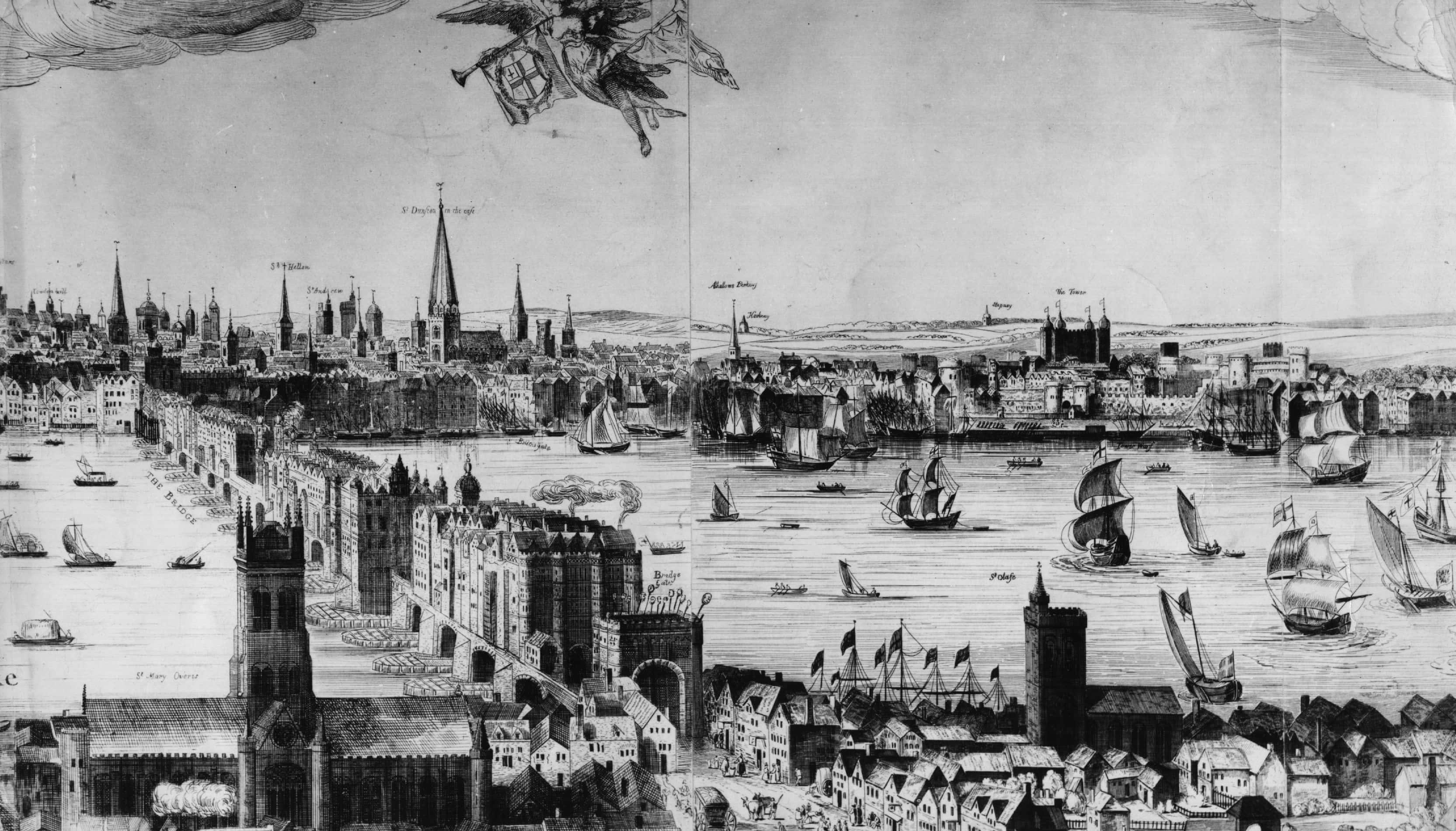
21. Road Rage
Bridges, in general, were fairly rare. Most of the time, the road would disappear into a river and reappear on the other side.

20. Breaking the Bank
In Medieval England, the word “pygg” referred to a type of clay that was used to make jars or pots. Coins were put into “pygg jars” and by the 18th century, became known as piggy banks.
19. Bad Knight
Although knights were portrayed as chivalrous Sir Lancelot types, the truth is that many knights were assholes with swords. In 1379, Sir John Arundel rode to a convent, looted the nunnery, stormed a nearby church, kidnapped and raped a newlywed bride, before topping it all off by taking the nuns out the sea and tossing them overboard.
18. Not Up to Code
According to the Song of Roland, an epic French poem that was very popular from the 12th to 14th century, of the seventeen entries in the Knights’ Code of Chivalry, twelve of them dealt with chivalry and not combat. Clearly, Sir John Arundel was not acquainted with the code. Or he chose to ignore it. Either way, not cool.
17. Medieval Siri
Most medieval writers didn’t actually write as working as a scribe was seen as labor and not an intellectual pursuit. Instead, they would dictate and a scribe would write it down for them.
16. Hi Ho Wilbur!
Young knights trained by riding on piggyback before finally graduating to horses. Call ‘em training wheels. Tasty tasty training wheels.
15. Taking Measures
Before jousts, the lances were measured to ensure that they were of equal length and neither knight had an advantage because, when it comes to jousting, size does matter.
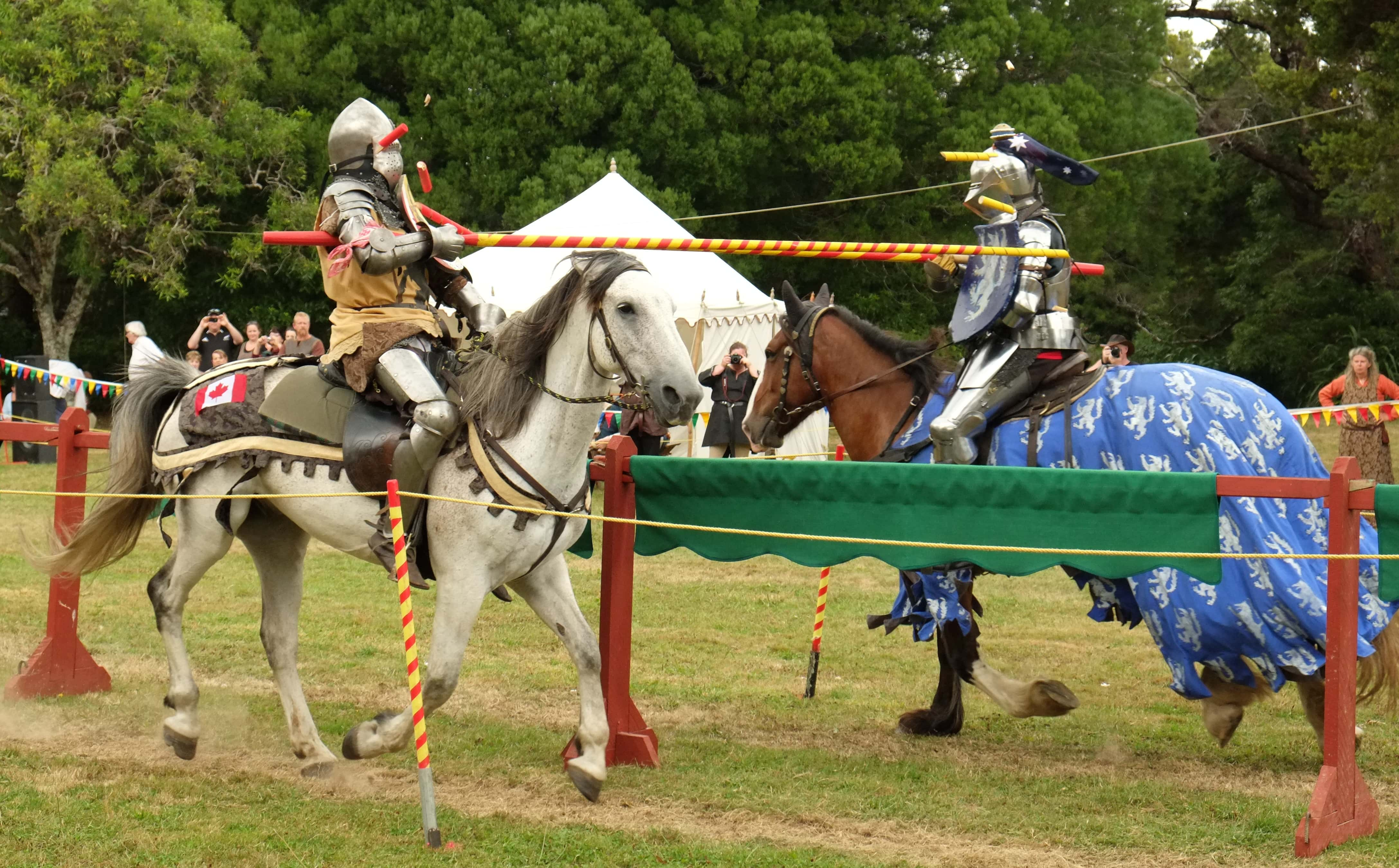 Wikimedia Commons, Pseudopanax
Wikimedia Commons, Pseudopanax
14. A Deadly Combination
Knights would meet each other at a combined speed of 60 mph during a joust. Just for comparison, most fatal crashes happen under 40 mph, so having a sharp wooden pole jammed through your chest at 60 mph was probably… uncomfortable.
13. Girls Just Wanna… Fight with Swords Too
There were some historical accounts of female knights as well. Petronilla, Countess of Leicester, fought alongside her husband Robert during the 1173 rebellion against King Henry II. She wore a mail hauberk and carried a sword and shield into battle. Unfortunately, the story goes that she fled the battle and then tried to drown herself in a ditch.
12. Gay of Thrones
There was much evidence suggesting that King Richard I (the Lionheart) was gay. Rumor has it he met his wife Berengaria whilst in a sexual relationship with her brother, the future King Sancho VII of Navarre. It was also reported that he and King Philip II of France were involved.
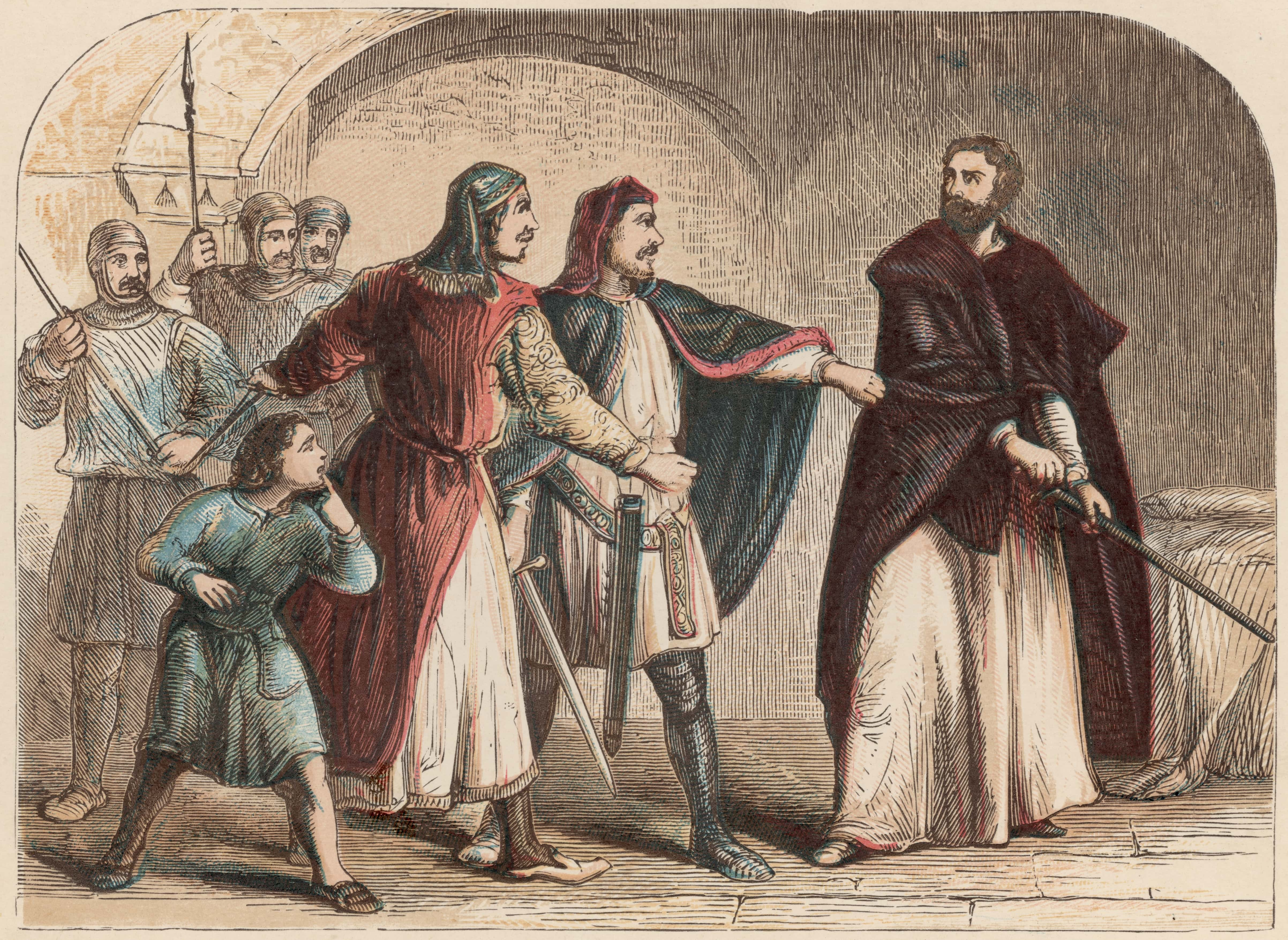
11. Long Distance Relationship
Richard’s wife, Berengaria, was the only Queen of England to never step foot in England.

10. Go With the Flow
Contrary to popular belief, gargoyles were not put there by churches to ward off evil spirits. They were actually there to prevent water damage by having the water flow out of their mouths and away from the building.
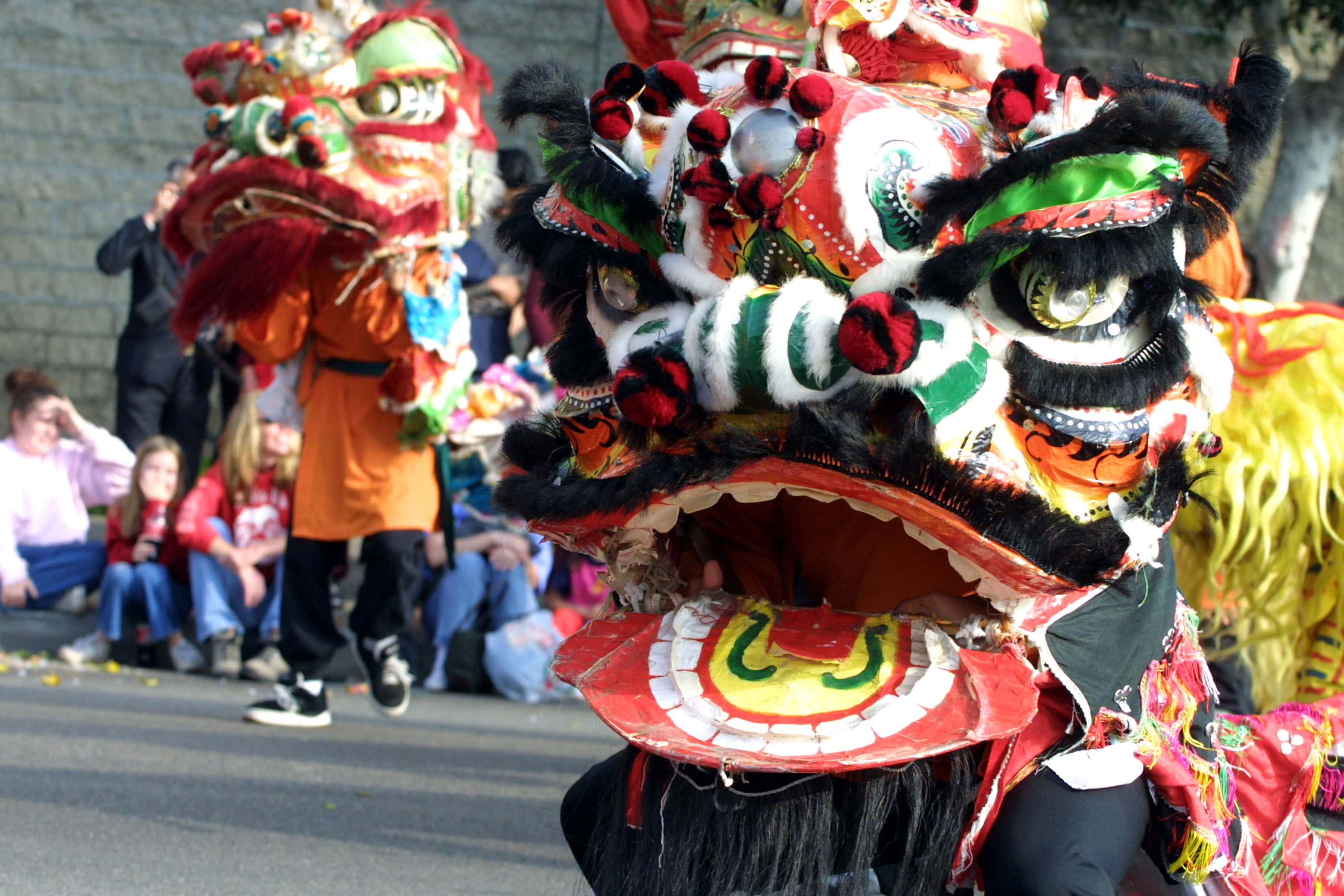
9. Filthy Rumors
Although medieval folk were depicted as filthy, they believed in the tenet that “cleanliness is next to Godliness,” and they took whatever opportunity they had to bathe. Hygiene did deteriorate somewhat after public baths were opposed by Protestants in the 16th century due to high levels of prostitution. We guess there’s a difference between filthy and FILTHY.
8. Bad Blood
Bloodletting was a common medical practice in Middle Ages, which was meant to let ‘bad blood’ out of the body. Medieval Europeans were so into it, they had texts advising which saints’ days were best for bloodletting, and charts showing which parts of the body were best to bleed according to the zodiac.
7. Empty on the Inside
While England has a population of around 53 million now, in 1086, only a million people lived there. By the 1300s, the population had climbed up to 4 million but then 1.5 million of those people were wiped out in two years by the Black Death. So one of the defining features of Medieval England was that it was actually pretty empty.
6. Alternative Medicine
One of the recipes for medicine to protect against the plague was an ale that had crushed roasted egg shells, leaves, petals of marigold flowers, and a little treacle. Given the enormous death count, as you can imagine, this remedy was not particularly effective.
5. Splitting Pain
Two medieval torture methods used simple devices and the force of gravity to inflict unimaginable pain. The Judas Cradle was a pyramid-shaped spike that a victim would be forced to sit on, so that it penetrated their anus. The Spanish Donkey used a similar principle, but victims would straddle a wedge-shaped board with a pointed top. Torturers could strap weights to the feet of their victims to increase the suffering.
4. Just a Little off the Top
The iconic red and white barber’s pole symbolized blood and bandages as most barbers also performed double duty as surgeons and dentists. Bandages stained with blood would be washed and hung from a pole outside the barber’s shop and, after twisting in the wind, would wind around the pole into the recognizable spiral pattern. How barbaric.
3. Man-Made Miracles
Cannibalism wasn’t always a taboo. Medieval doctors kept their patients in check with drinkabe byproducts of human blood and flesh. “Mummy powder” was a commonplace fixture of 12th century apothecaries, and these practices even had a name: "corpse medicine." Well into the 17th century, even English kings like Charles II dined to a healthy regime of what he called “King’s Drops,” aka alcohol mixed with crushed human skulls. Salty!
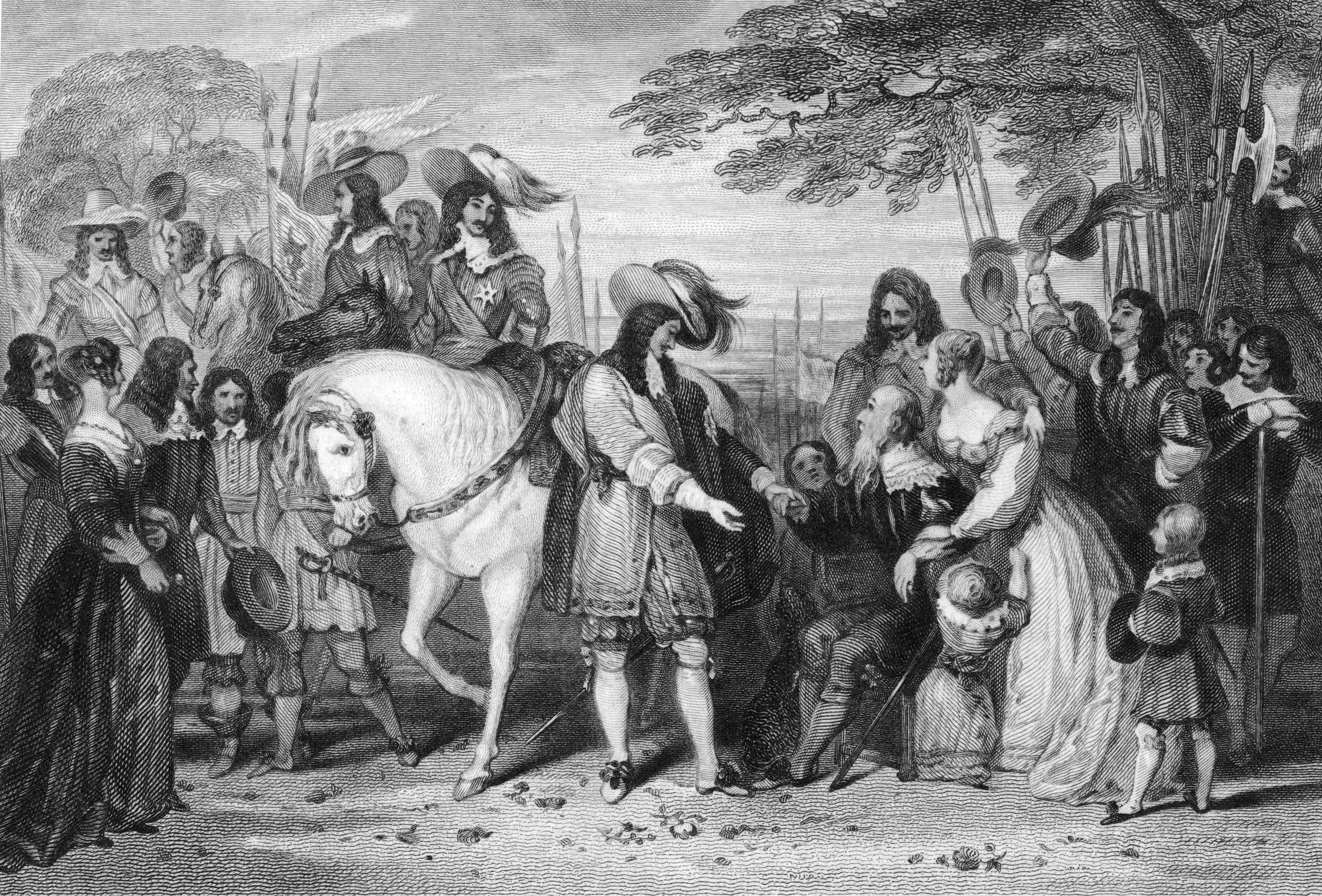
2. Play with a Friend, Not Yourself
The use of dildos was punishable with five years of penance. A book from the Christian church said: “Have you done what certain women are accustomed to do, that is to make some sort of device or implement in the shape of the male member of a size to match your sinful desire? If you have done this, you shall do penance for five years on legitimate holy days.”
1. But Don’t Play with Certain Friends…
When King Phillip of France (“Phillip the Fair”) discovered his three daughters-in-law were having intimate relations with knights from his court, he forced his daughters to stand trial for adultery. Two of the daughters were found guilty. They had their heads shaven and were sentenced to life imprisonment. Th knights were found guilty and were subject to a gruesome torture and execution: they were castrated, flayed, disemboweled, and hanged.
For factaholics who love history, check out these historical myths that have been busted: Sources: 1 2 3 4 5

